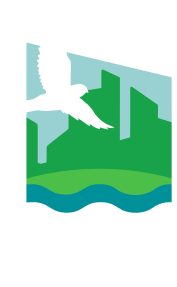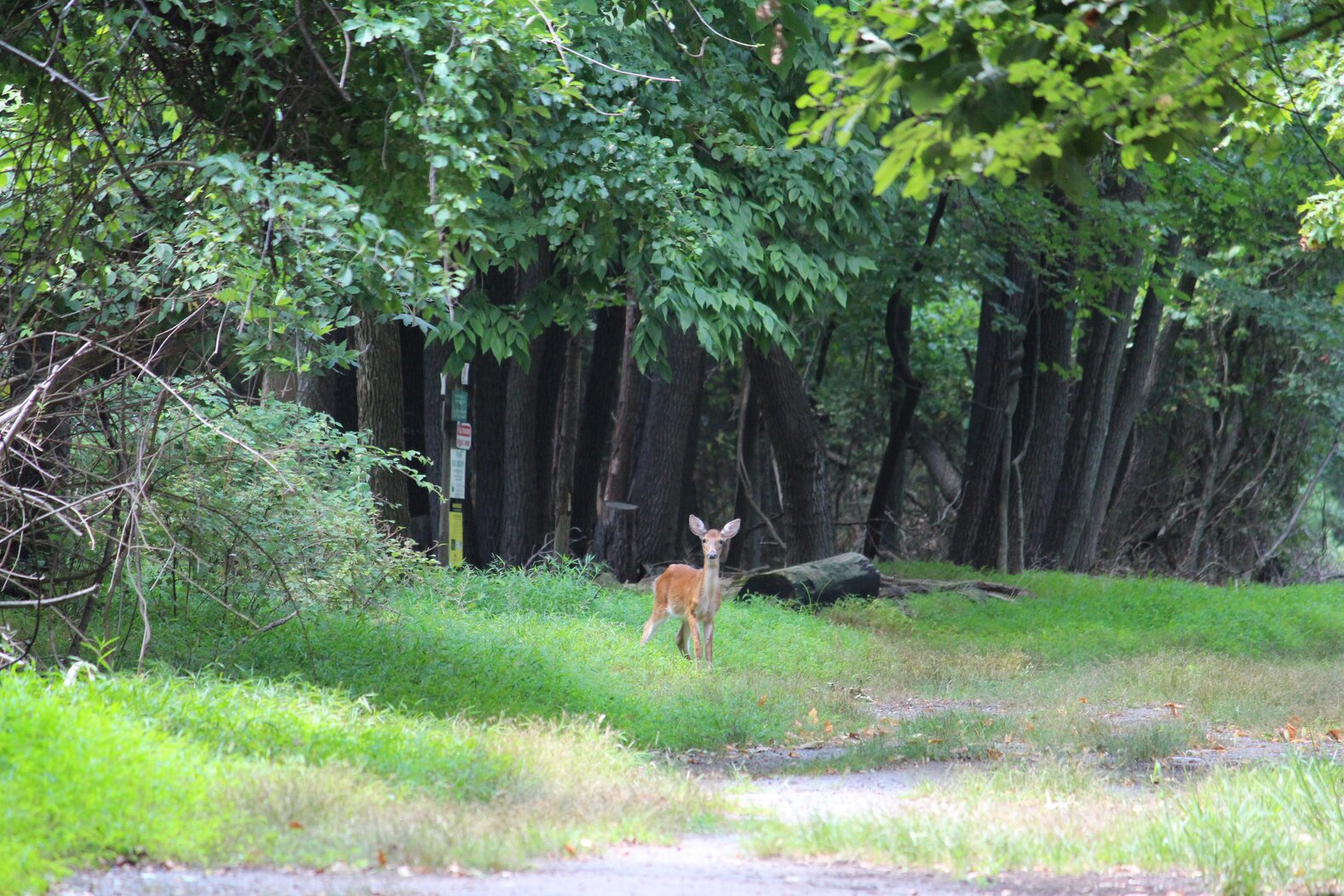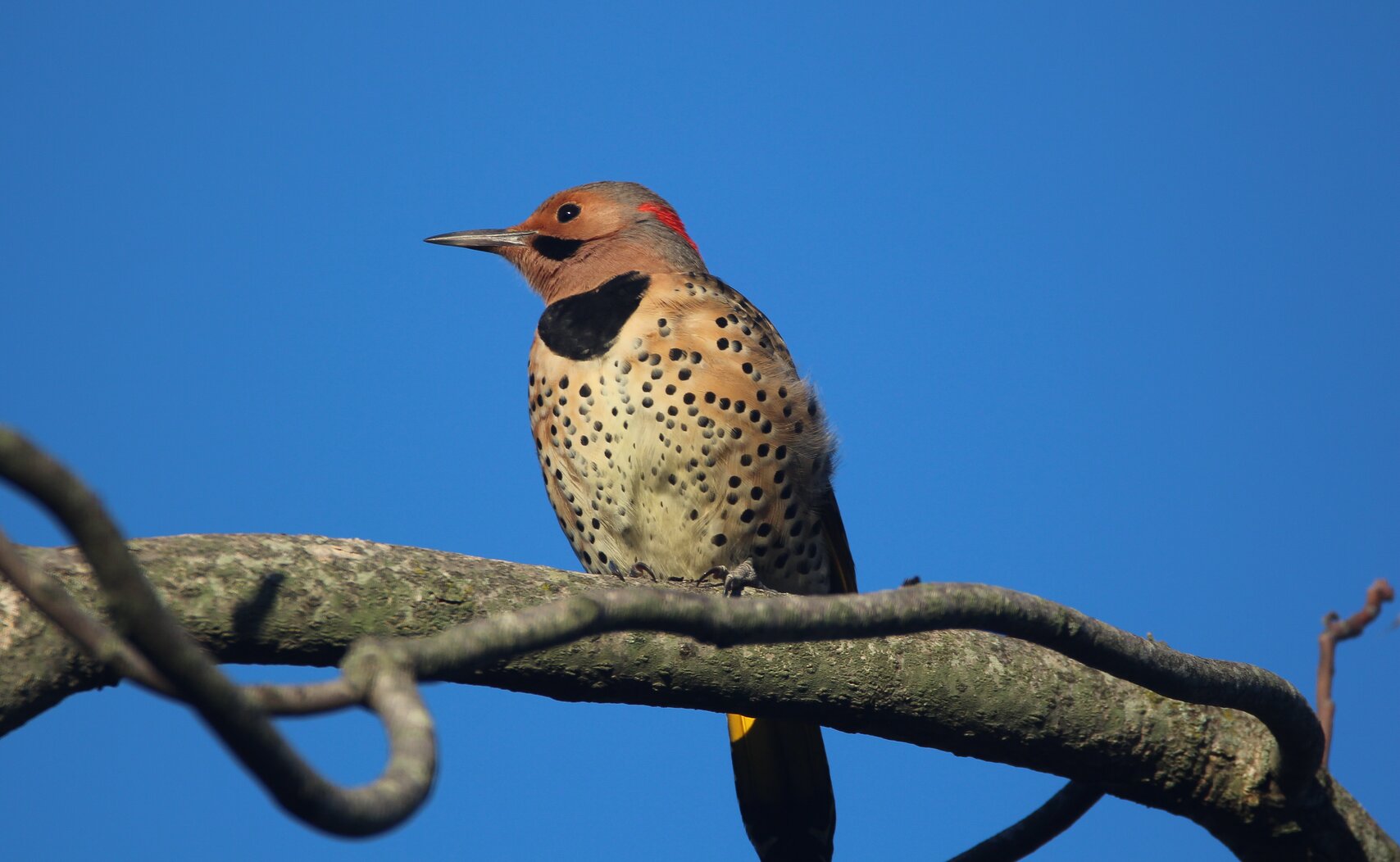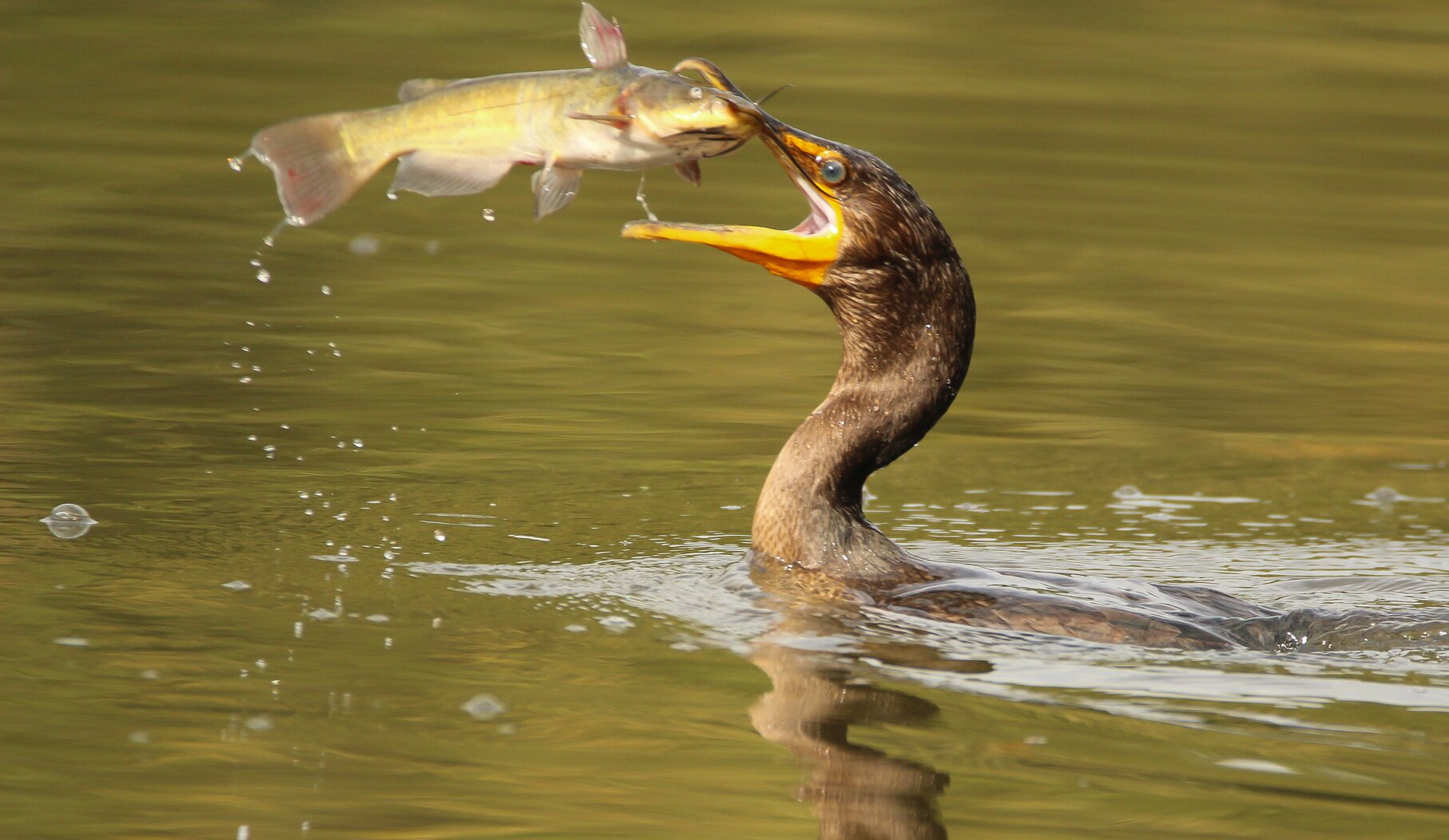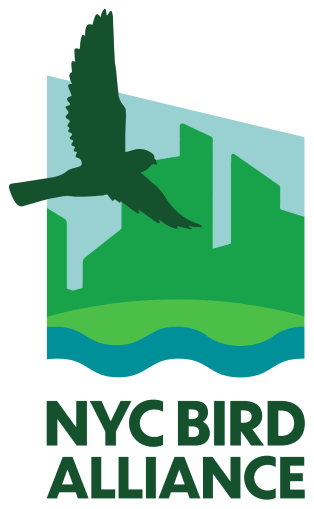More South S.I. Hotspots
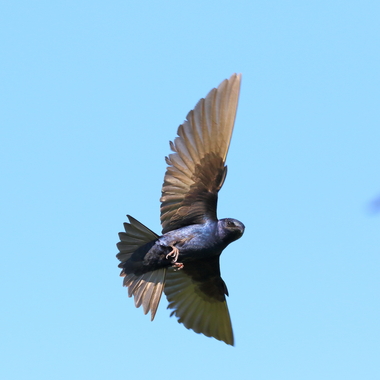
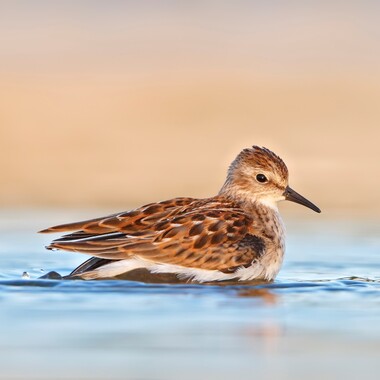
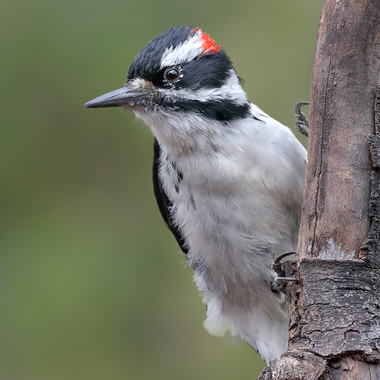
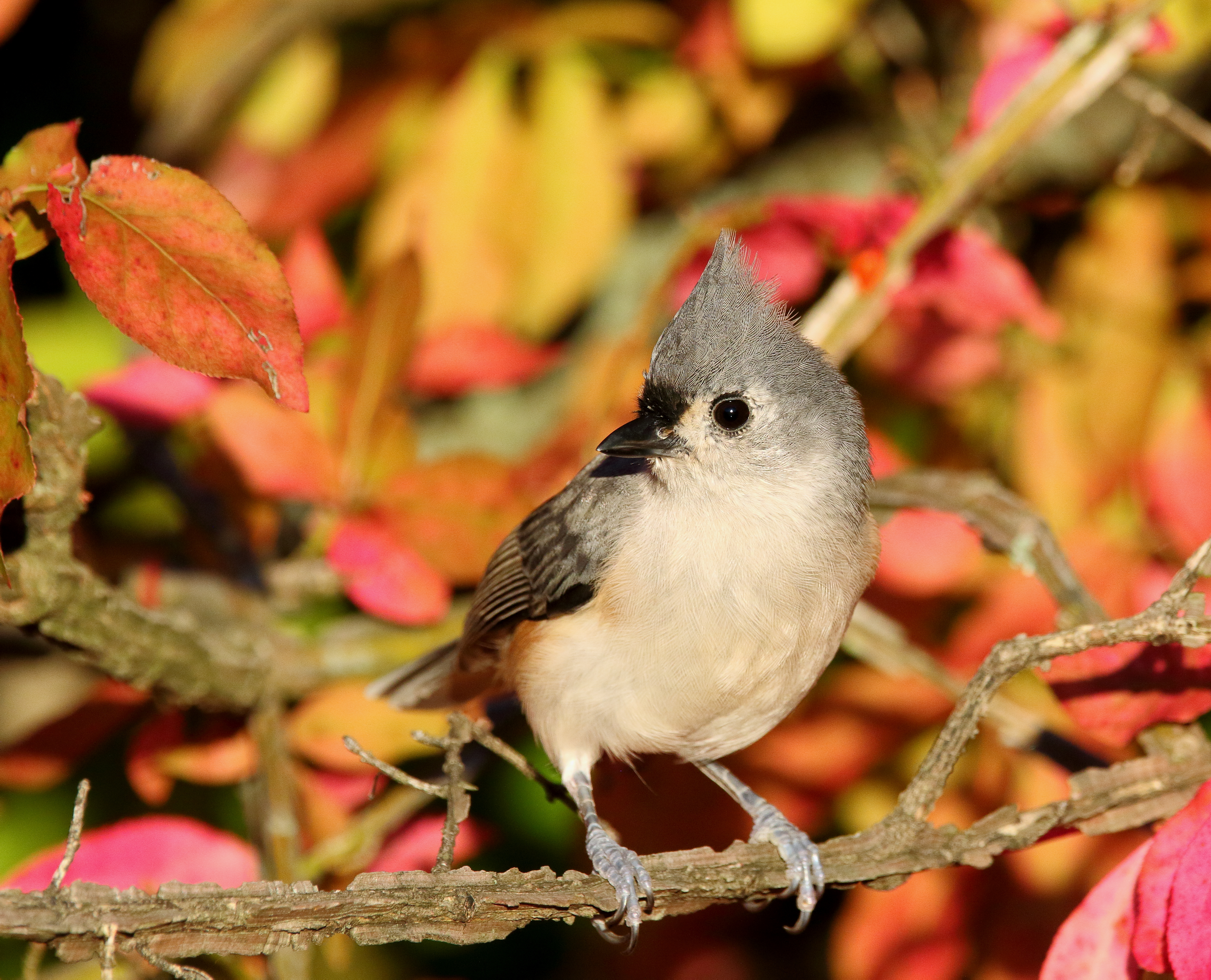
Birding Highlights by the Season
Get Oriented
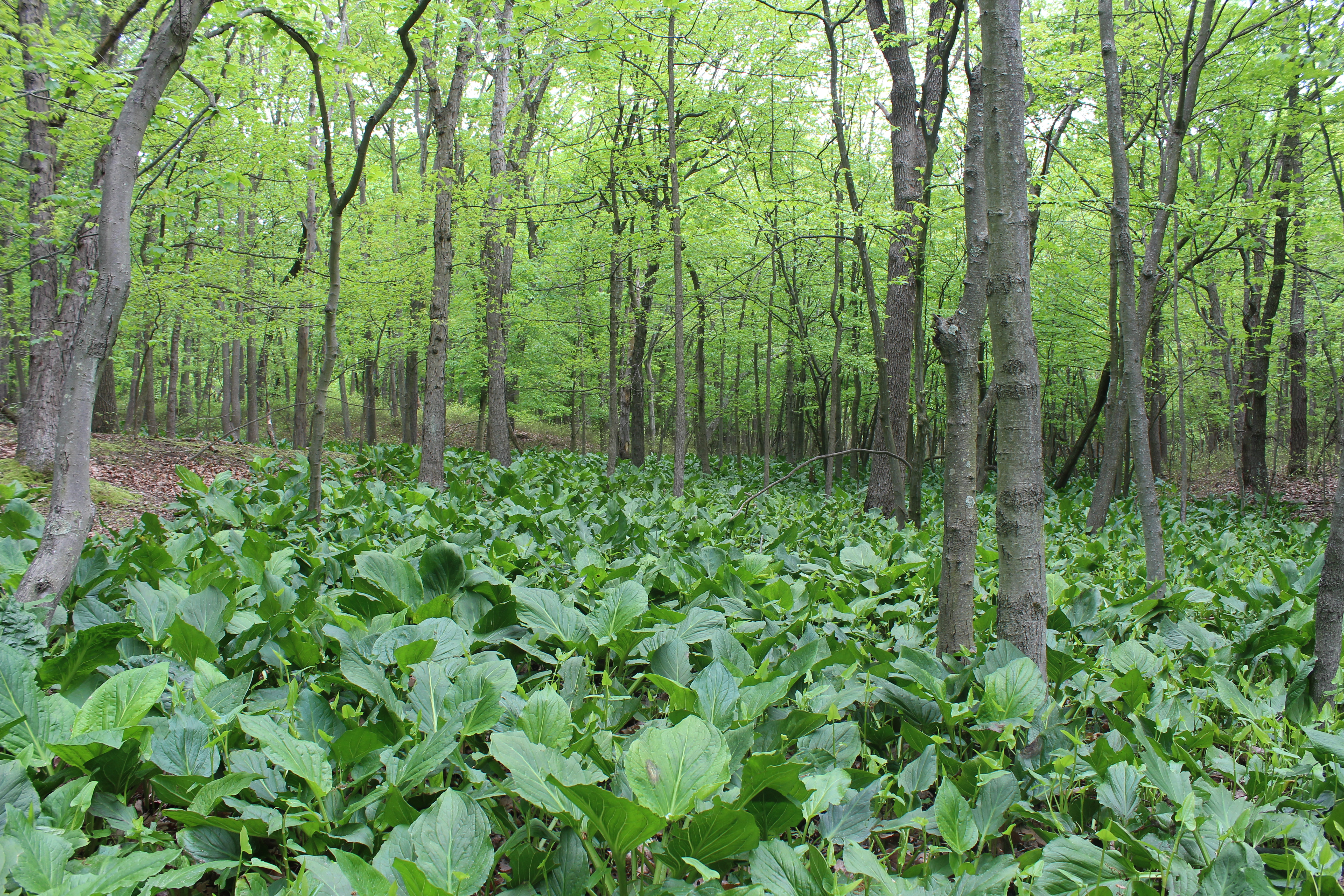 "}" data-trix-content-type="undefined" class="attachment attachment--content">
"}" data-trix-content-type="undefined" class="attachment attachment--content">Clay Pit Ponds State Park Preserve is a 265-acre nature preserve near the southwest shore of Staten Island. It contains a variety of unique habitats, such as wetlands, ponds, sand barrens, spring-fed streams and woodlands.
Clay Pit Ponds is the only state park on Staten Island. Though somewhat "under-birded," the park draws a number of woodland and meadow species that stay for the summer and likely breed, including Wood Duck, Eastern Kingbird, Great Crested Flycatcher, Red-eyed Vireo, and Black-capped Chickadee. It's freshwater wetlands attract waterbirds such as Spotted Sandpiper and Green Heron. Sharrott's Pond, at the southern end of the park, may host diving waterfowl in the wintertime.
 "}" data-trix-content-type="undefined" class="attachment attachment--content">
"}" data-trix-content-type="undefined" class="attachment attachment--content">When to Go
See "Birding Highlights by the Season" above; the eBird links below also may be helpful. To learn about bird migration times and get other timing tips, see the When to Bird in NYC guide on our Birding 101 page.
eBird
Personal Safety
Directions and Visiting Information
View a New York State Parks trail map of Clay Pit Ponds State Park Preserve (PDF).
Visit the New York State Parks page for Clay Pit Ponds State Park Preserve for operating hours, directions, and additional background information. longpondhs
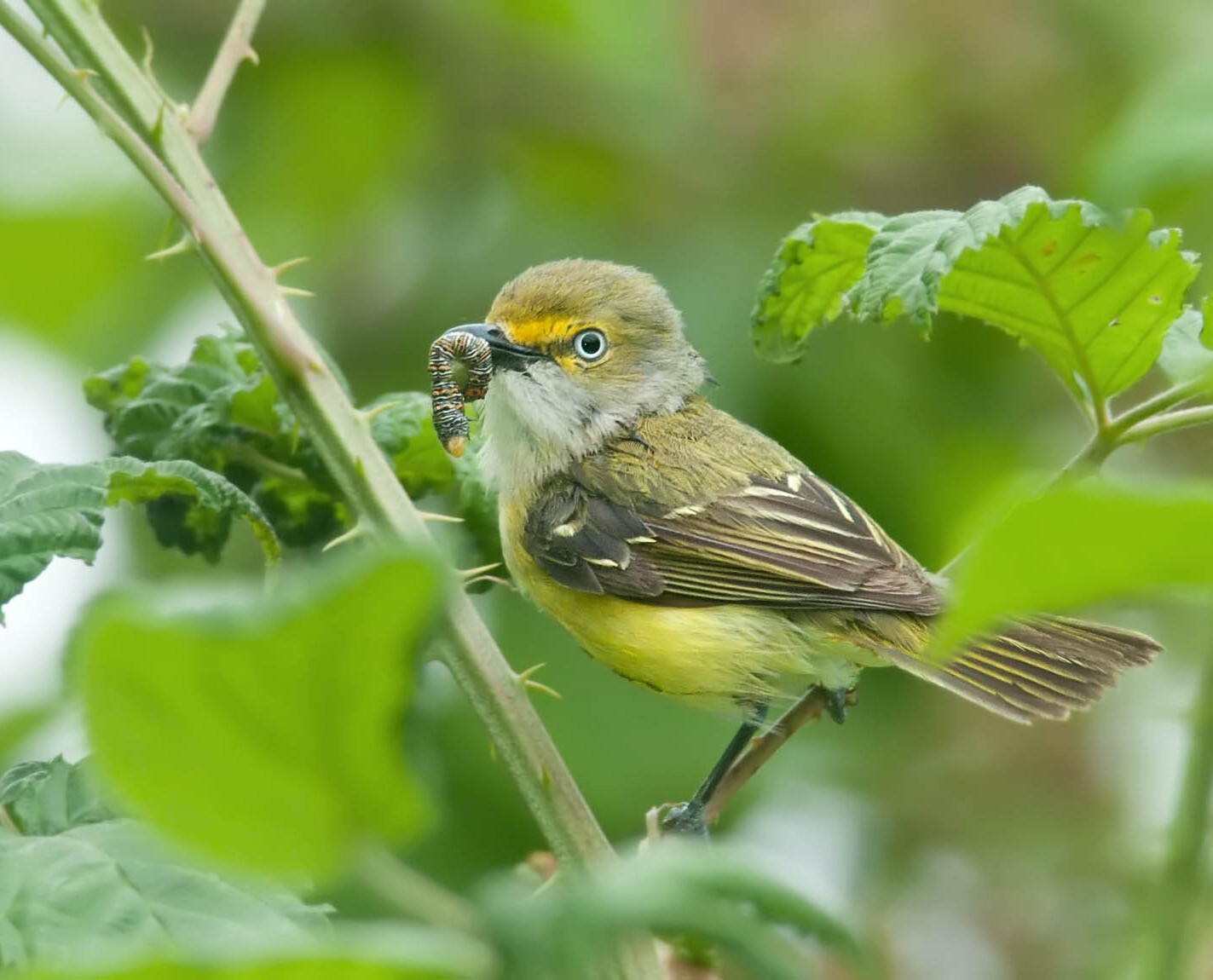
Birding Highlights by the Season
Get Oriented
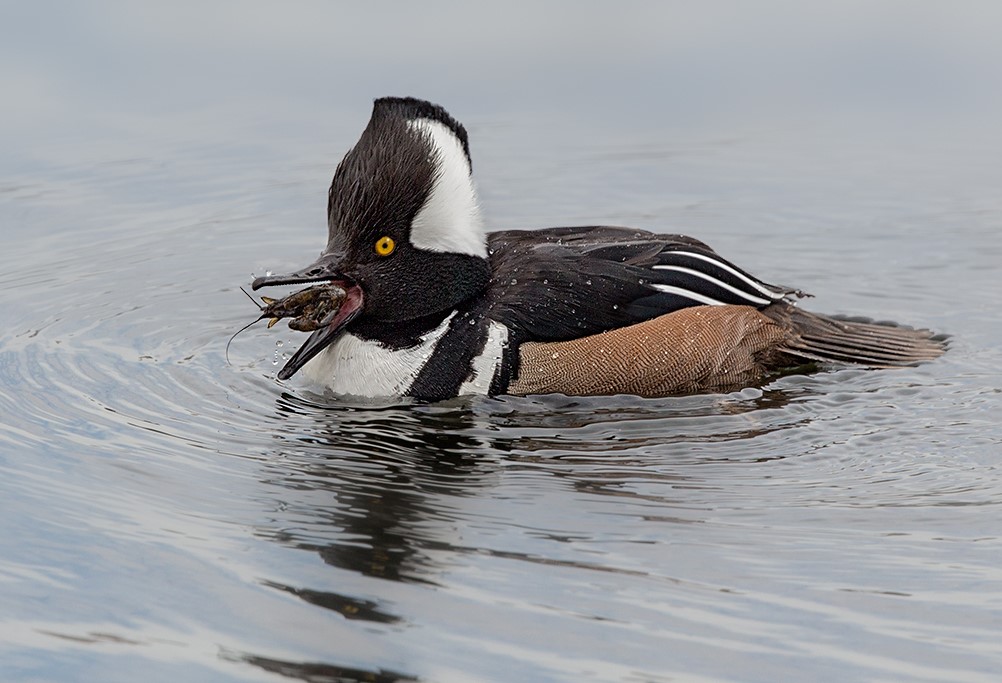 "}" data-trix-content-type="undefined" class="attachment attachment--content">
"}" data-trix-content-type="undefined" class="attachment attachment--content">Long Pond Park, owned by the City of New York/Parks and Recreation, features seven ponds, the largest being 5-acre Long Pond. Long Pond is one of the most pristine ponds in the New York City area. Located 65 feet above sea level, it is fed completely from underground springs. With its special level of purity, the pond is a vital habitat supporting many species of animals.
A network of old roadbeds and foot trails make it easy to search different areas of the park. This area is excellent from late August through October for autumn migrants, including large numbers of sparrows, including Fox, Lincoln’s, and White-crowned.
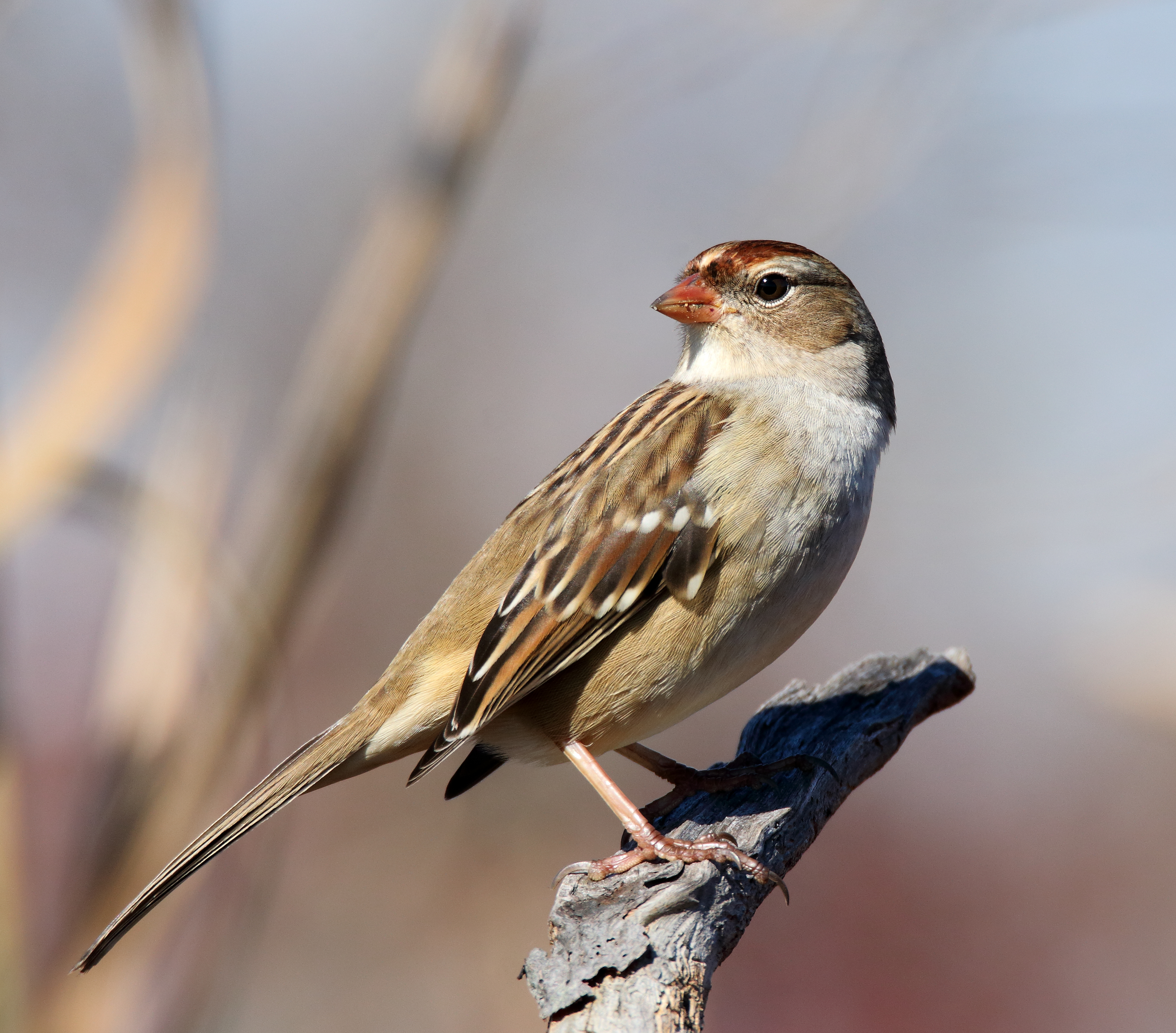 "}" data-trix-content-type="undefined" class="attachment attachment--content">
"}" data-trix-content-type="undefined" class="attachment attachment--content">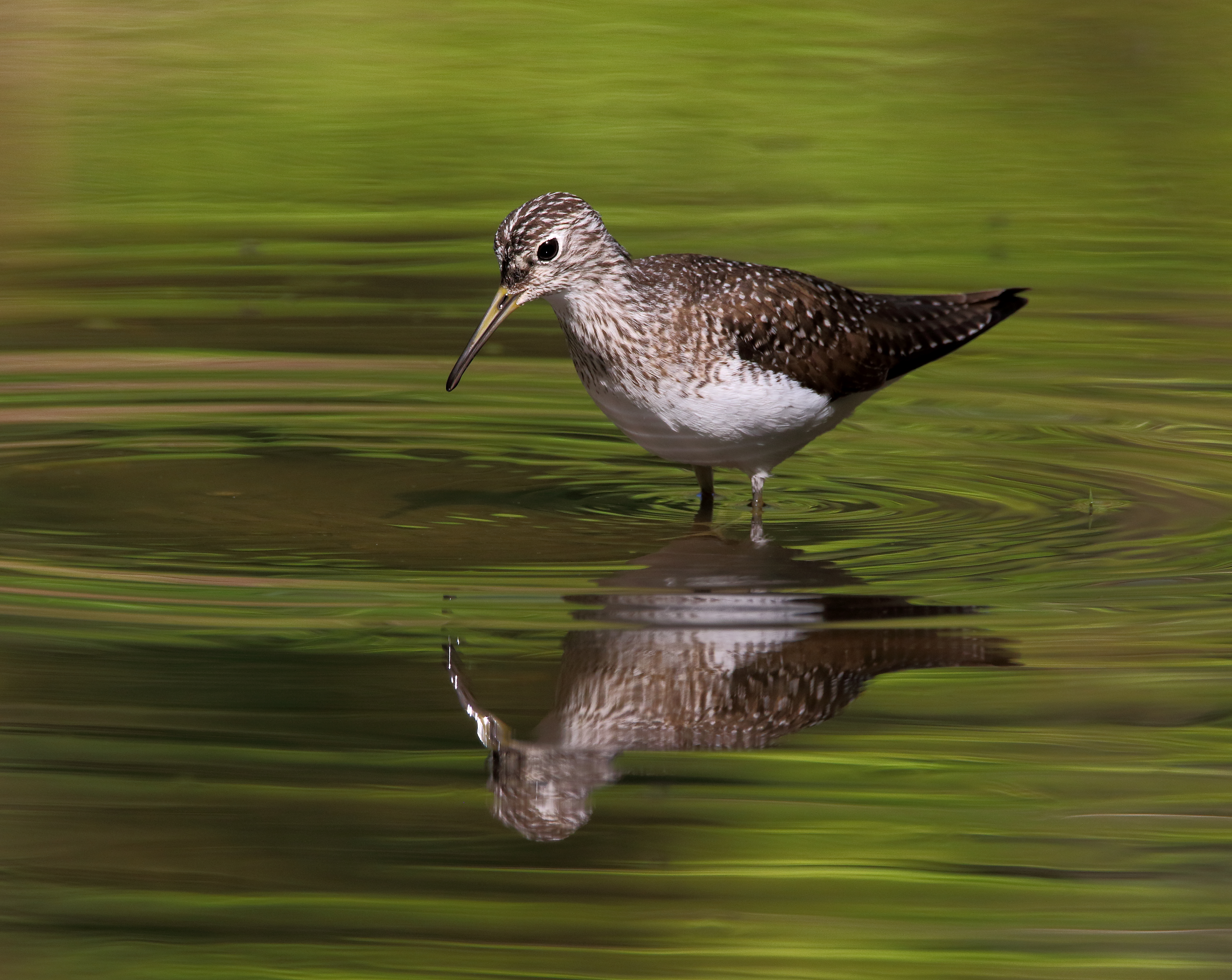 "}" data-trix-content-type="undefined" class="attachment attachment--content">
"}" data-trix-content-type="undefined" class="attachment attachment--content">When to Go
See "Birding Highlights by the Season" above; the eBird links below also may be helpful. To learn about bird migration times and get other timing tips, see the When to Bird in NYC guide on our Birding 101 page.
eBird
Personal Safety
Directions and Visiting Information
- Entrance 1 - Page Ave. and Adelphi Ave. View a Google map.
- Entrance 2 - the end of Richard Ave. View a Google map. This entrance leads right to Pam's Pond. Look carefully for the trail, it has become a bit over grown.
View and download a NYC Parks map of Long Pond Park Preserve (PDF).
Visit the NYC Parks page for Long Pond Park for operating hours, directions, and additional background information. nmountlorettohs
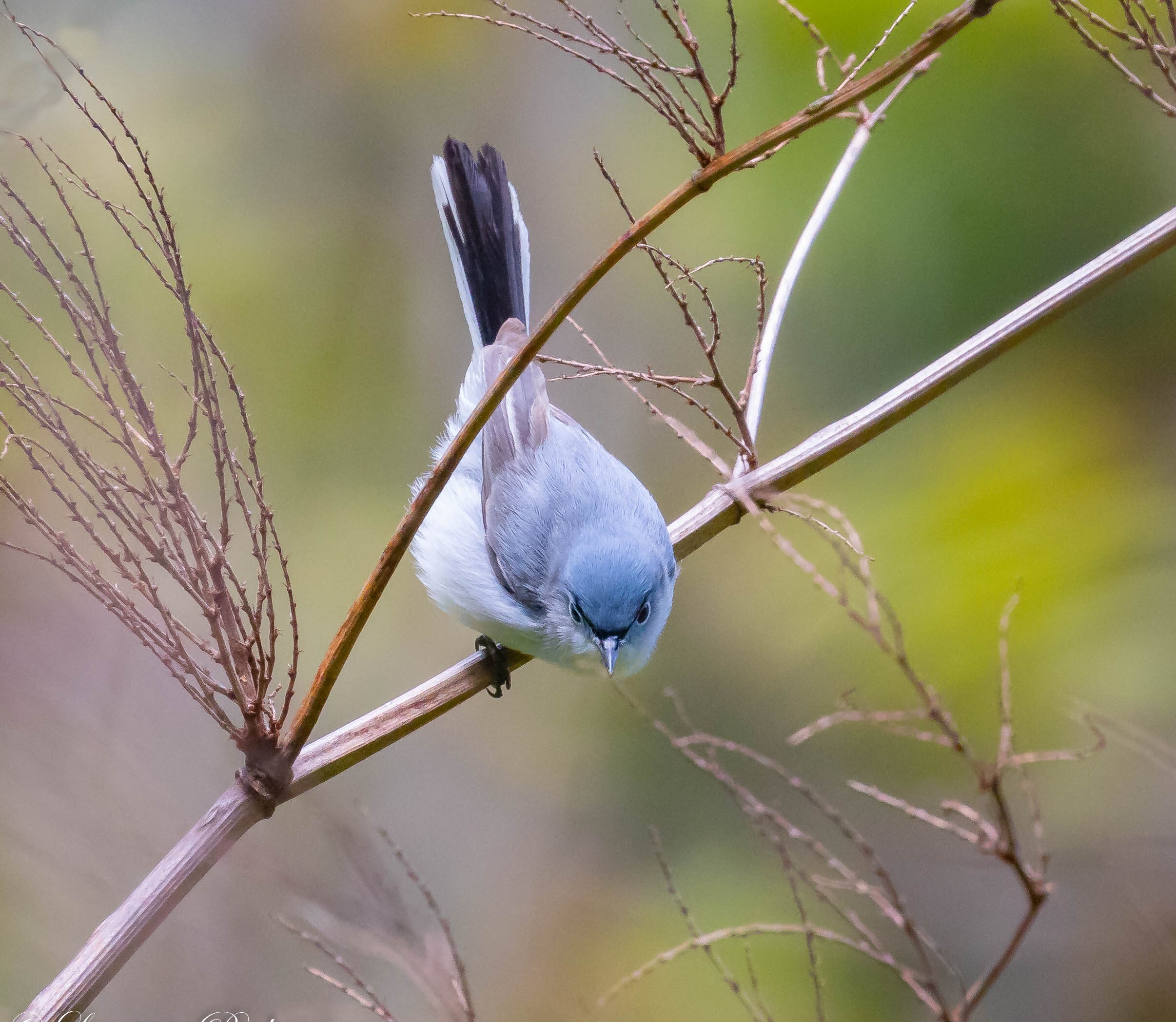
Birding Highlights by the Season
Get Oriented
 "}" data-trix-content-type="undefined" class="attachment attachment--content">
"}" data-trix-content-type="undefined" class="attachment attachment--content">North Mt. Loretto State Forest, a large area of hardwood forest and wetlands north of Mt. Loretto Unique Area and directly east of (and contiguous with) Long Pond Park, is a particularly wild preserved spot of habitat in southern Staten Island. The park's varied habitat includes ephemeral ponds, marsh, swamps, and mature woods, attracting a variety of species through the year: over 195 species have been documented across the property by eBirders, including over 20 warbler species and rarities such as Bicknell's Thrush.
This property's woodlands and wetlands host many interesting species that likely breed here, including Wood Duck, multiple woodpecker species, Yellow-billed Cuckoo, Great Crested Flycatcher, Red-eyed Vireo, Blue-Gray Gnatcatcher, Black-capped Chickadee, Tufted Titmouse, and Indigo Bunting. Many wading birds and waterfowl species are attracted to the park's wetlands year-round, while the park can host a great variety of migrant songbirds, spring and fall.
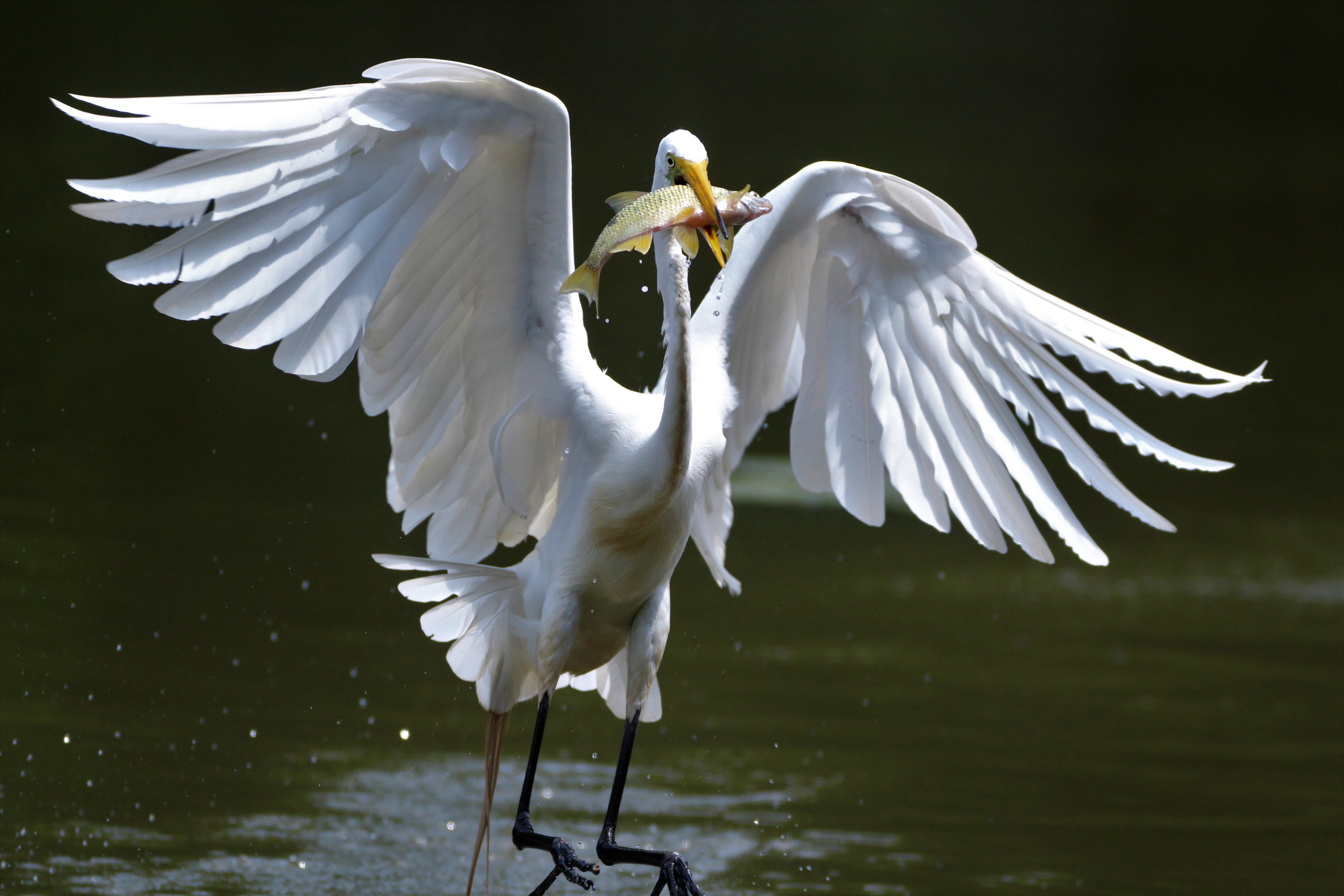 "}" data-trix-content-type="undefined" class="attachment attachment--content">
"}" data-trix-content-type="undefined" class="attachment attachment--content">When to Go
See "Birding Highlights by the Season" above; the eBird links below also may be helpful. To learn about bird migration times and get other timing tips, see the When to Bird in NYC guide on our Birding 101 page.
eBird
Personal Safety
Directions and Visiting Information
View a trail map of North Mount Loretto State Forest (PDF) from the New York State Department of Environmental Conservation.
Visit the New York State Parks page for North Mount Loretto State Forest for operating hours, directions, and additional background information.resurrectionhs
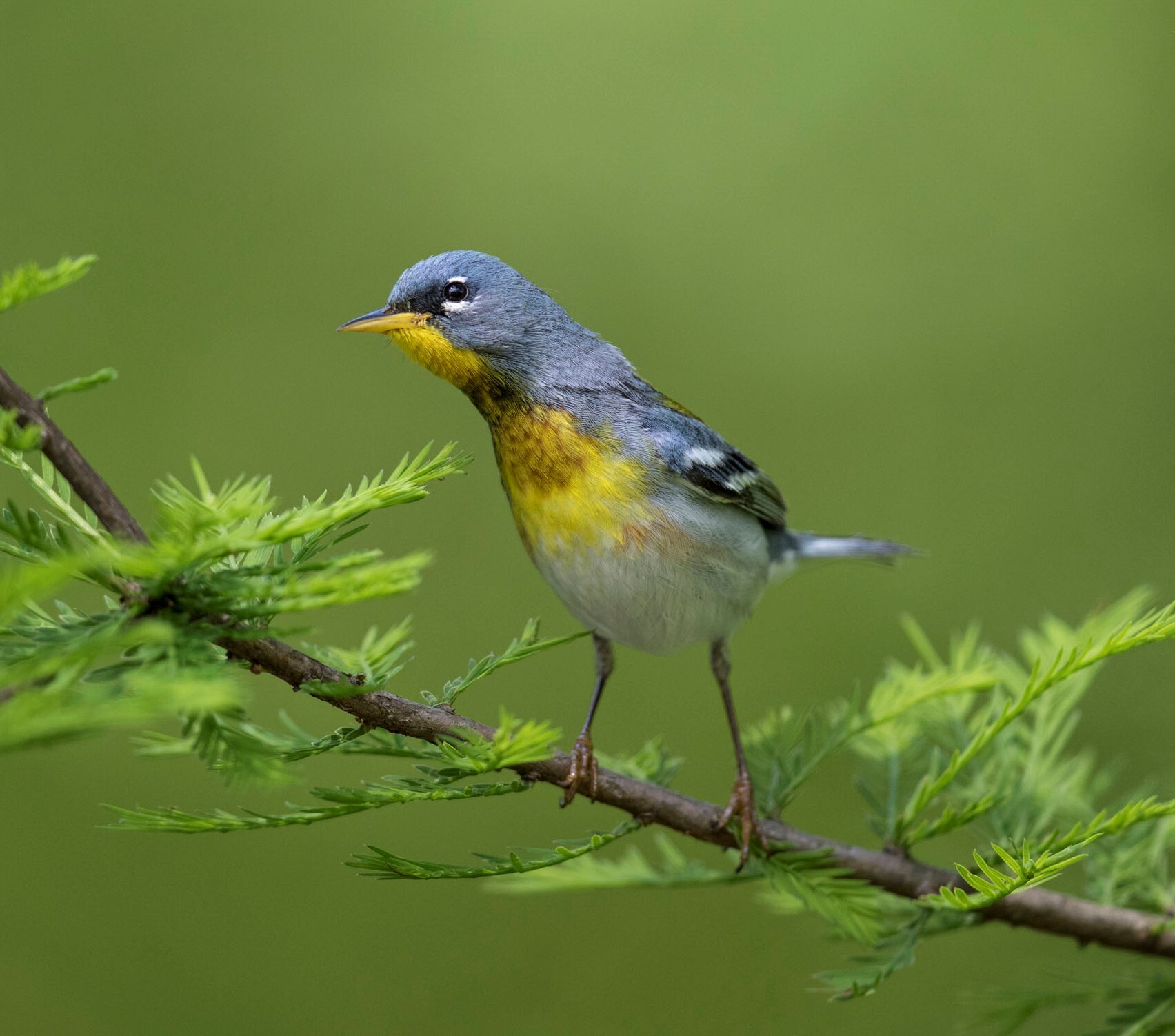
Birding Highlights by the Season
Get Oriented
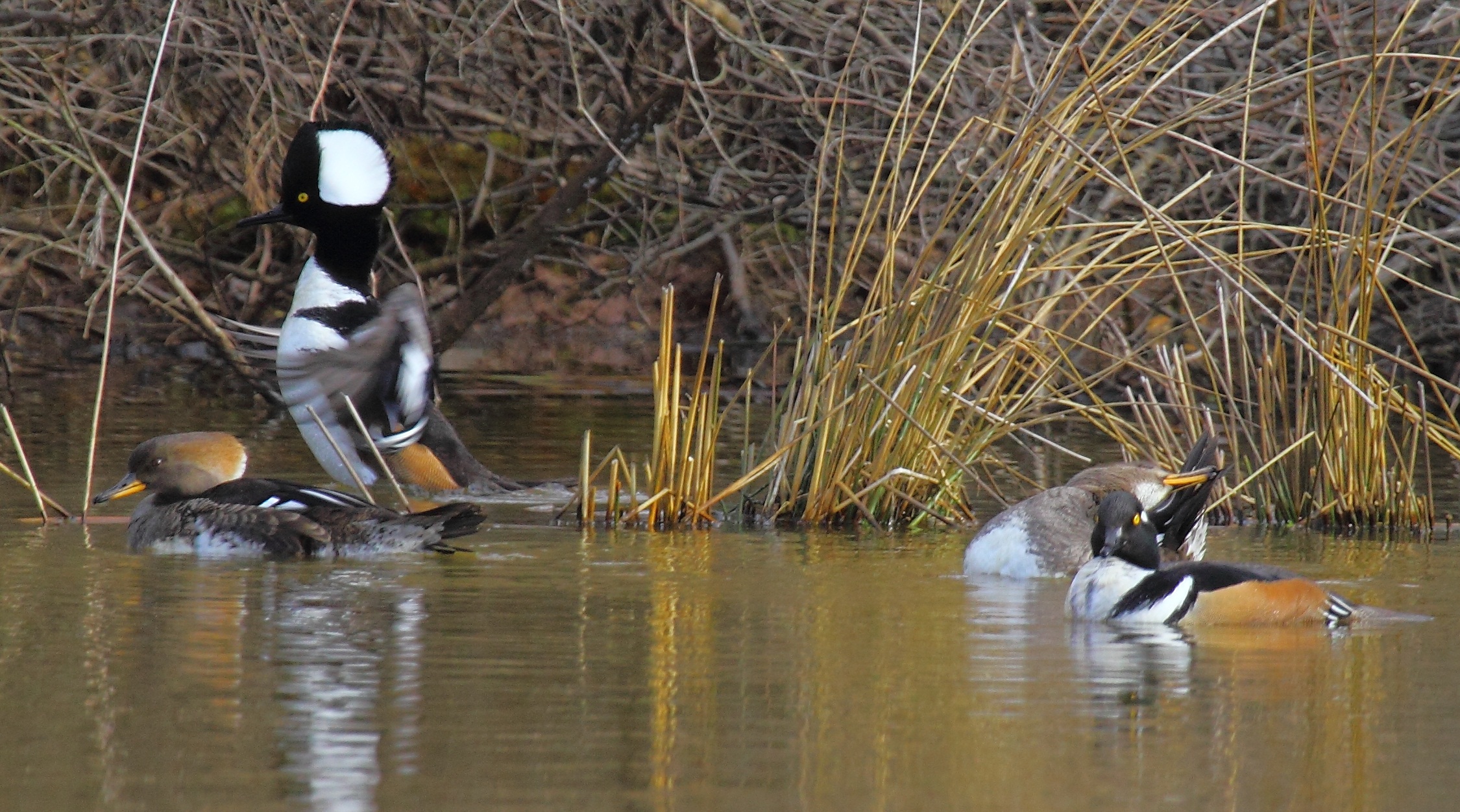 "}" data-trix-content-type="undefined" class="attachment attachment--content">
"}" data-trix-content-type="undefined" class="attachment attachment--content">Several ponds on the cemetery property, the largest of which are sensibly dubbed as "Parallel and Perpindular Ponds" (describing their relation to the oblong cemetery, as well as to nearby Sharrott Avenue) can attract interesting waterfowl during migration and over the winter, in addition to large numbers of Canada Geese, Brant, Mallard, and gulls, and smaller numbers of species such as Hooded Merganser and Gadwall. Over the years, Canvasback, Ring-necked Duck, and Common Goldeneye have been seen here. Wood Duck are possible year-round. During migration, check for freshwater sandpipers like Spotted and Solitary.
The mature trees in the cemetery also attract a variety of landbirds including a strong contingent of woodpeckers, and the park draws many migrating songbirds including warblers, tanagers, and grosbeaks. In the warmer months, Swallows, including Purple Martin, love this park, and the ponds are also popular with wading birds. A surprising variety of birds are also found here during nesting season, including Wood Duck, Killdeer, Chimney Swift, Ruby-throated Hummingbird, Willow Flycatcher, Eastern Kingbird, Red-eyed, White-eyed, and Warbling Vireos, House Wren, Brown Thrasher, Cedar Waxwing, Red-winged Blackbird, both Baltimore and Orchard Oriole, Indigo Bunting, and many Chipping Sparrows.
 "}" data-trix-content-type="undefined" class="attachment attachment--content">
"}" data-trix-content-type="undefined" class="attachment attachment--content">When to Go
See "Birding Highlights by the Season" above; the eBird links below also may be helpful. To learn about bird migration times and get other timing tips, see the When to Bird in NYC guide on our Birding 101 page.
eBird
Personal Safety
Directions and Visiting Information
View a Cemetery map.
Visit the Resurrection Cemetery website for operating hours, directions, and additional background information.lemoncreekhs
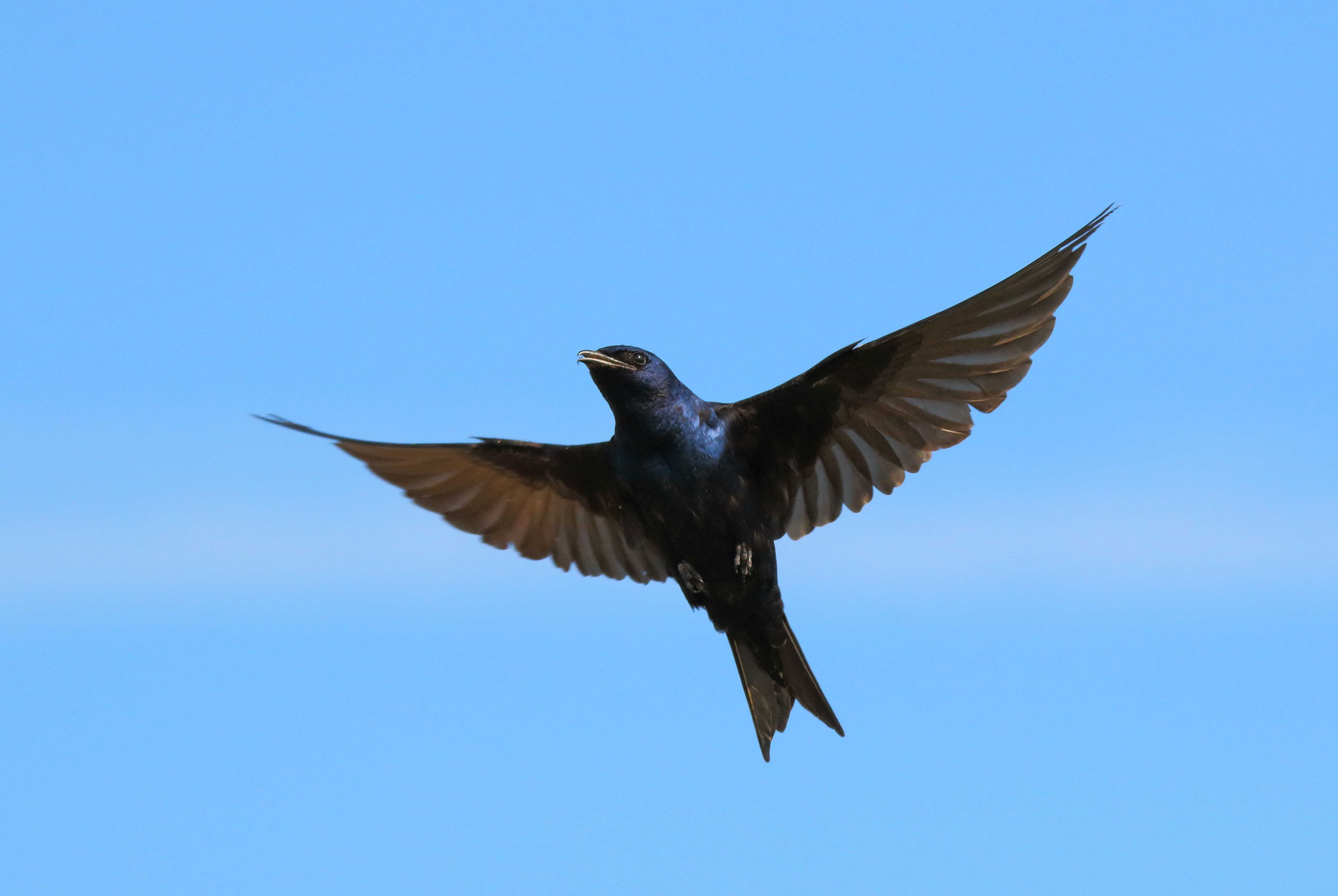
Birding Highlights by the Season
Get Oriented
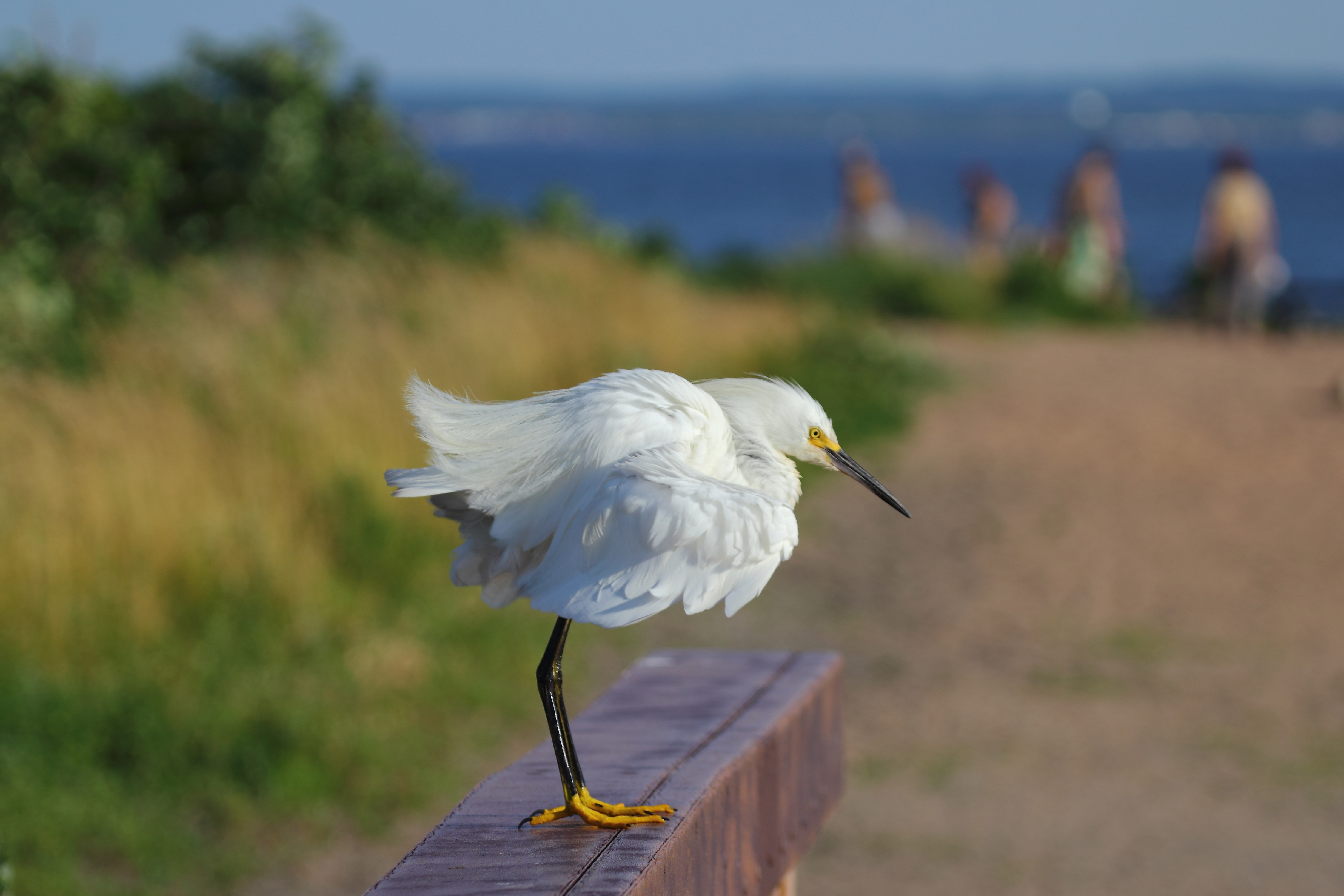 "}" data-trix-content-type="undefined" class="attachment attachment--content">
"}" data-trix-content-type="undefined" class="attachment attachment--content">Lemon Creek Park, a popular and ecologically diverse park that hosts one of the City's only Purple Martin colonies, includes a long and winding tidal creek and over a half mile of beach front including towering bluffs facing Prince's Bay. The creek itself has gone by several names over its history, including Seguine's Creek and Little North River. Though much of the creek's watershed has been developed since the mid 20th century, it can be traced beyond Lemon Creek Park's boundaries along a circuitous route almost three miles north, through Bloomingdale Park, (at which point it is known as Sandy Creek) to its main origin, the small freshwater Porzio's Pond, just north of Woodrow Road.
Along the way, the creek's water travels both over and under ground to empty into Prince’s Bay, and ultimately to Raritan Bay. The red clay bluffs in the park, reaching 85 feet above Prince’s Bay at Mt. Loretto, are part of the Harbor Hill terminal moraine (the ridge of rock that marks the farthest advance of the Wisconsin Glacier, continuing east to form the spine of the western end of Long Island). The varied habitats of Lemon Creek Park and Pier, which provides both fishing and good vantage points on the bay for birding, have made it a surprisingly rich hotspot for a farily small park: across different spots in the park, eBirders have documented over 220 species here.
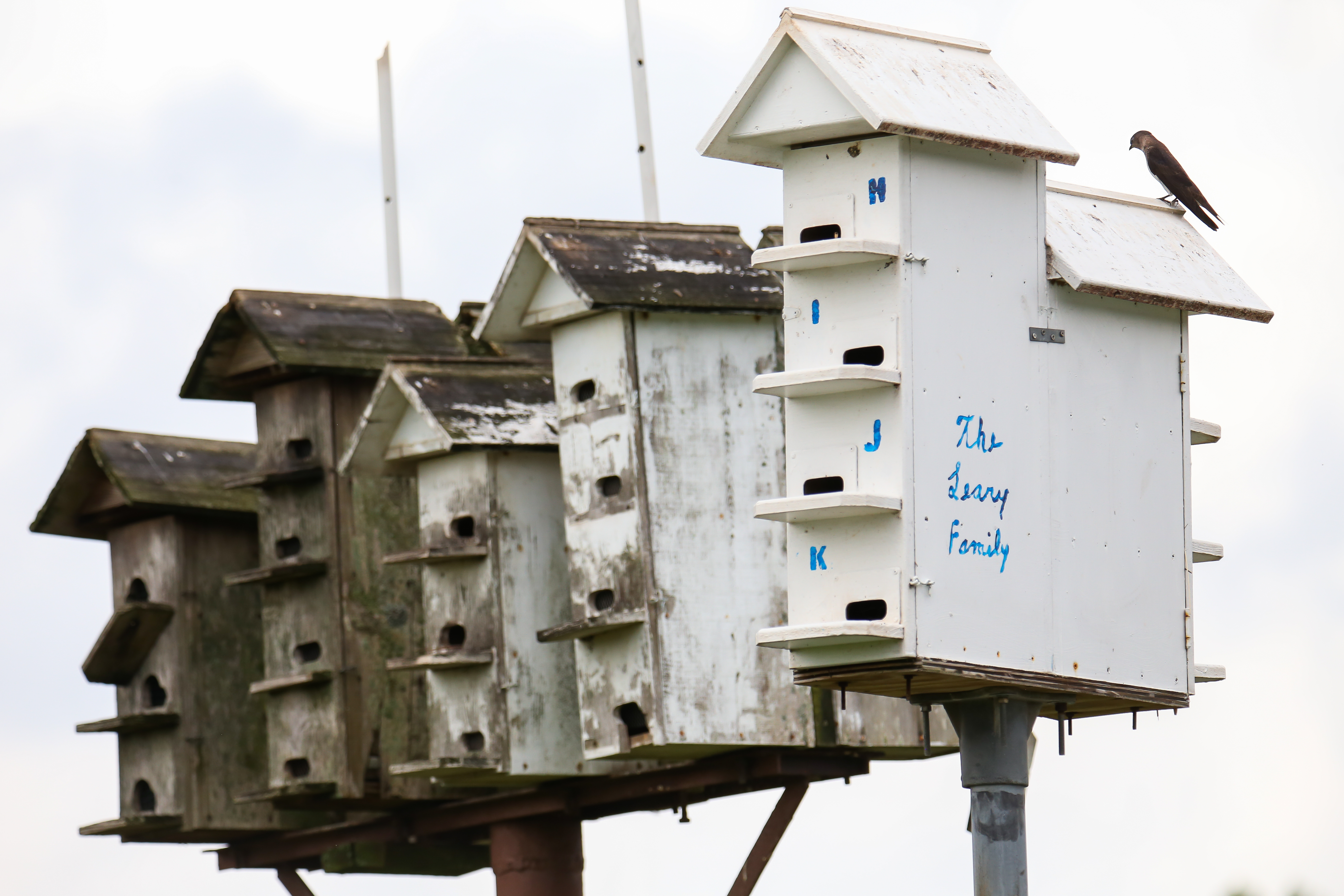 "}" data-trix-content-type="undefined" class="attachment attachment--content">
"}" data-trix-content-type="undefined" class="attachment attachment--content">The main parking lot of the park lies on the east side of Lemon Creek, below a small boating marina, on a broad, round upland peninsula. The Purple Martin colony nests in several man-made houses here maintained by volunteers, not far from a freshwater pond at the peninsula's western end. Five additional swallows species--Tree, Barn, Bank, and Rough-winged--are are seen here regularly during breeding season. (Cliff and Cave have also been documented here in the past, making it officially a seven-swallow park!) The park's uplands host other interesting songbirds that may nest, including Orchard Oriole and Blue Grosbeak.
Waders, terns. and shorebirds abound in Lemon Creek Park, spring through fall, and the beaches provide excellent winter birding for diving birds including scoters, Long-tailed Ducks, grebes, and loons. Check for Great Cormorant, and Northern Gannet out in the, particularly in March and April. During the colder months, also keep a lookout for Harbor Seals, which are seen here regularly.
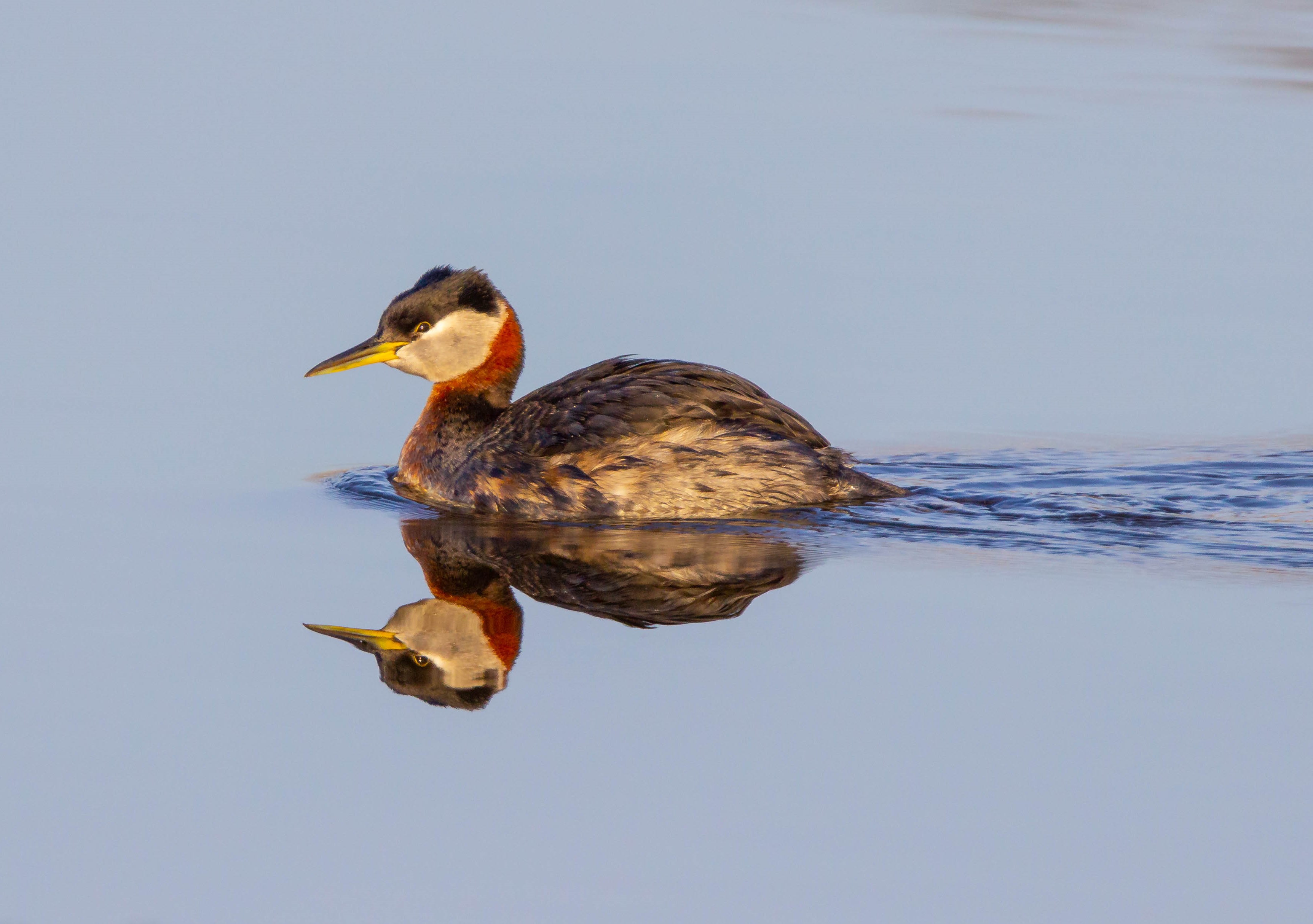 "}" data-trix-content-type="undefined" class="attachment attachment--content">
"}" data-trix-content-type="undefined" class="attachment attachment--content">When to Go
See "Birding Highlights by the Season" above; the eBird links below also may be helpful. To learn about bird migration times and get other timing tips, see the When to Bird in NYC guide on our Birding 101 page.
eBird
Personal Safety
Directions and Visiting Information
Visit the NYC Parks page for Lemon Creek Park for operating hours, directions, and additional background information.
Visit the New York State DEC page for Lemon Creek for additonal information.blueheronhs
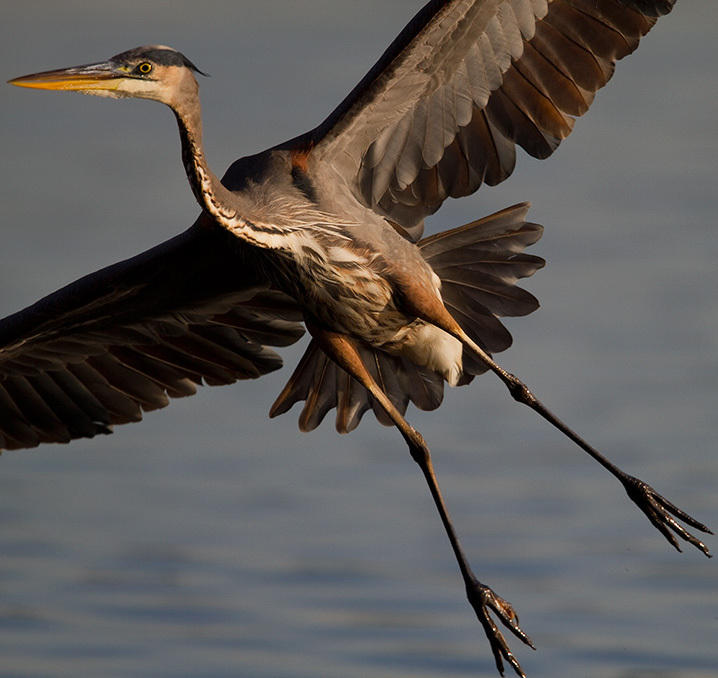
Birding Highlights by the Season
Get Oriented
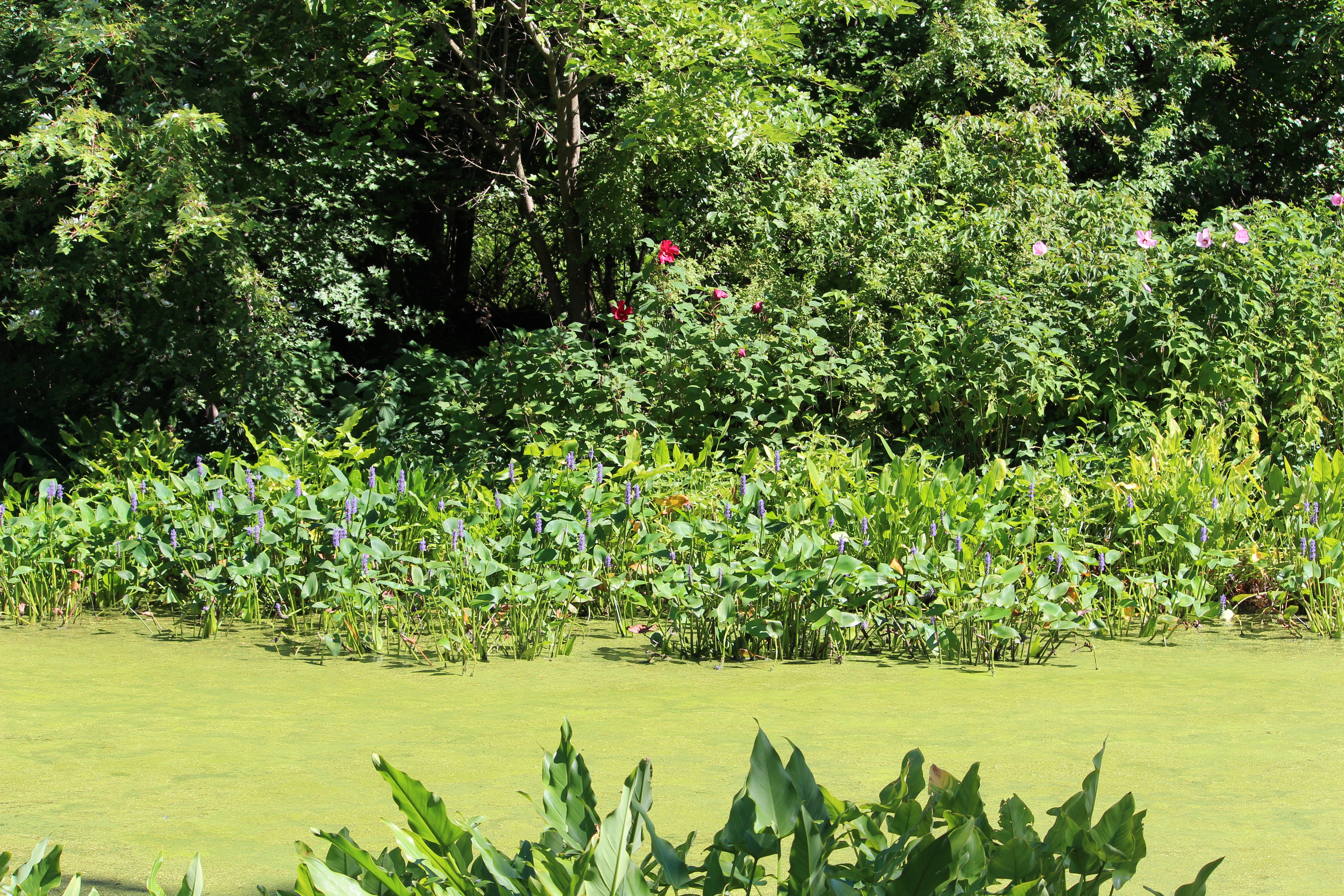 "}" data-trix-content-type="undefined" class="attachment attachment--content">
"}" data-trix-content-type="undefined" class="attachment attachment--content">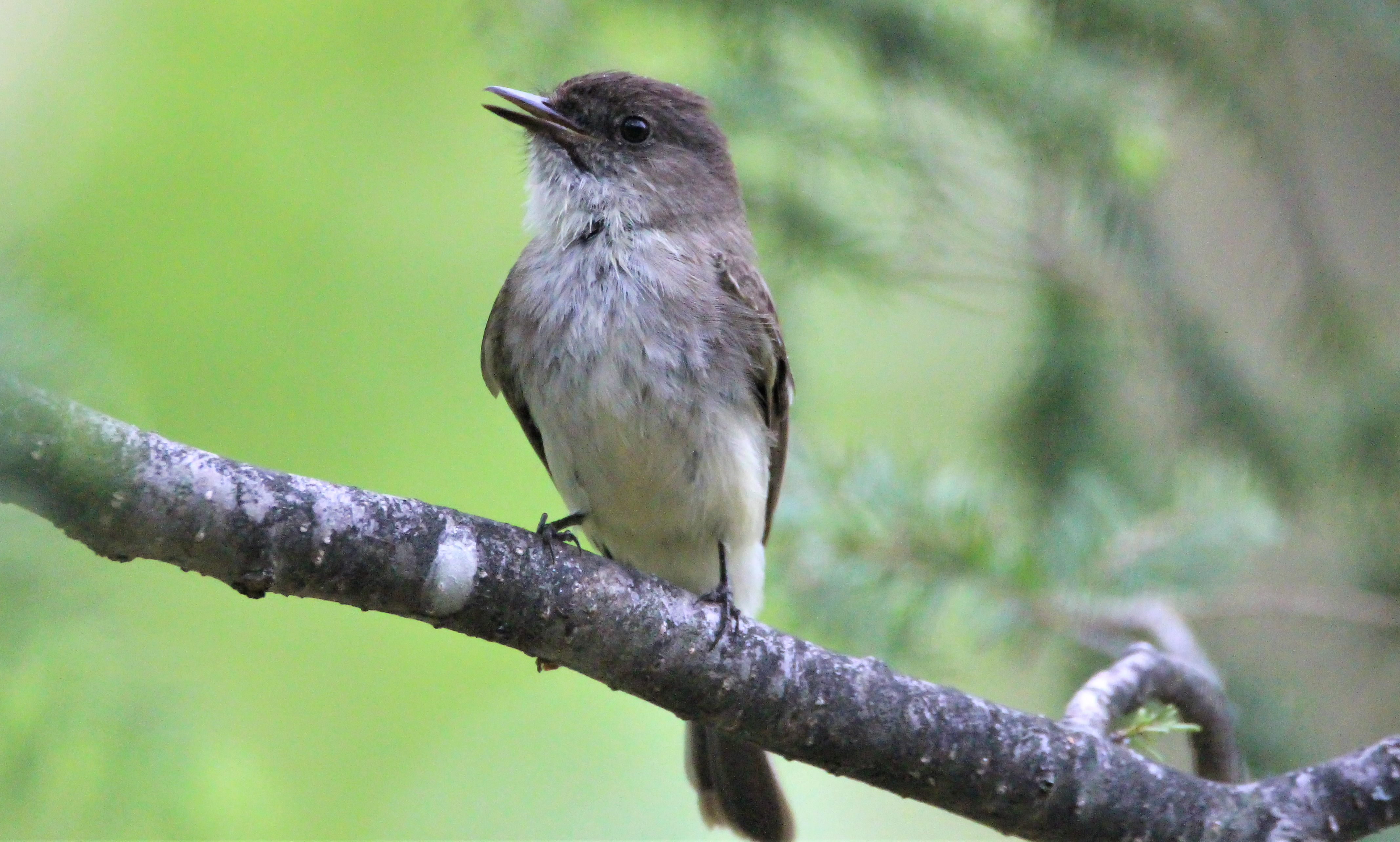 "}" data-trix-content-type="undefined" class="attachment attachment--content">
"}" data-trix-content-type="undefined" class="attachment attachment--content">Blue Heron Pond itself is now undergoing rapid succession and vegetation is replacing sections of the pond. In spite of less water, Wood Ducks, Little Blue Herons and Great Blue Herons can be found here along with migrating Solitary Sandpipers.
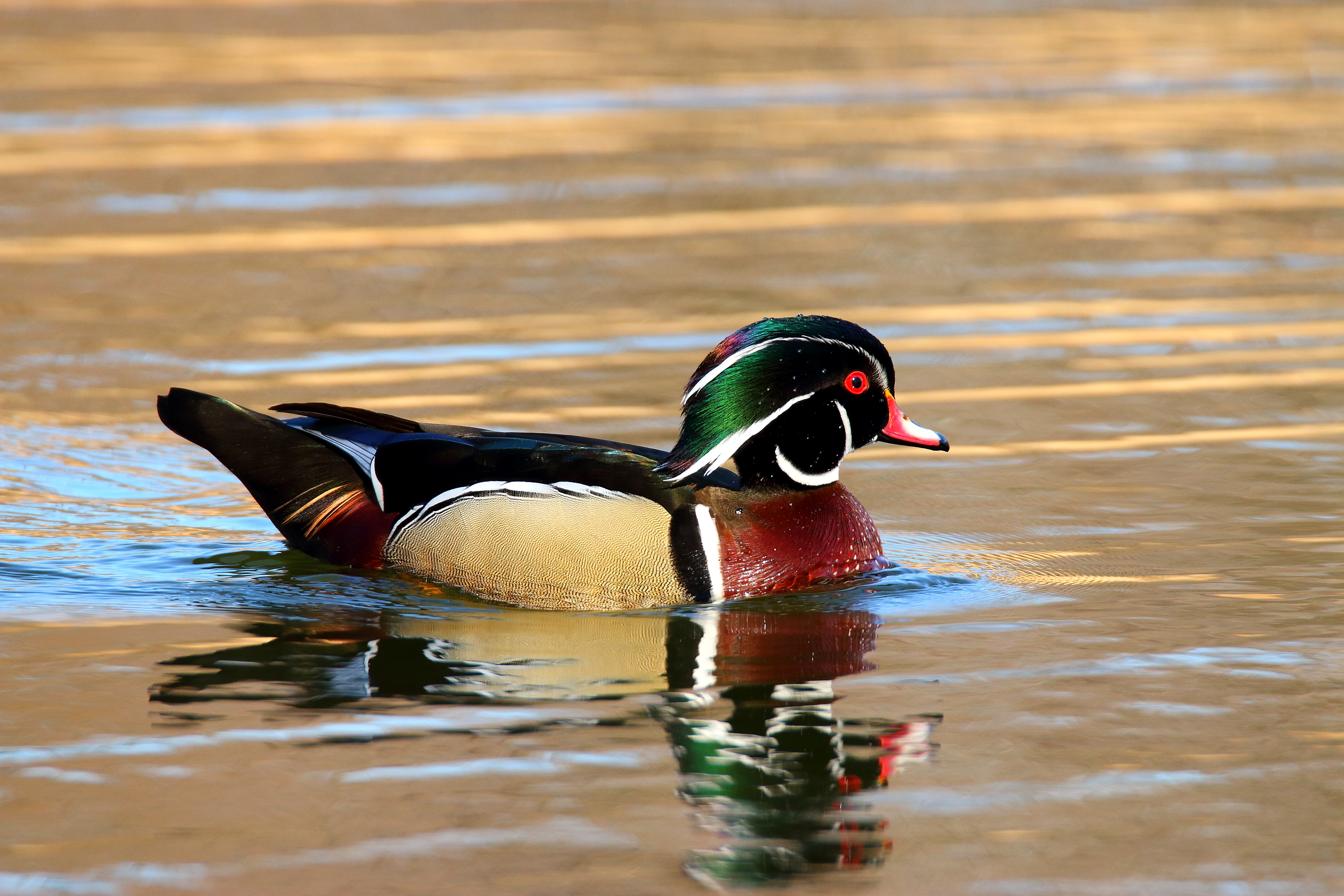 "}" data-trix-content-type="undefined" class="attachment attachment--content">
"}" data-trix-content-type="undefined" class="attachment attachment--content">A resident population of Wood Thrush survives despite problems associated with forest fragmentation and Cowbird parasitism. Surviving numbers of Wood Thrush are showing that this species, unusual as a breeding species in urban parks, is doing well here.
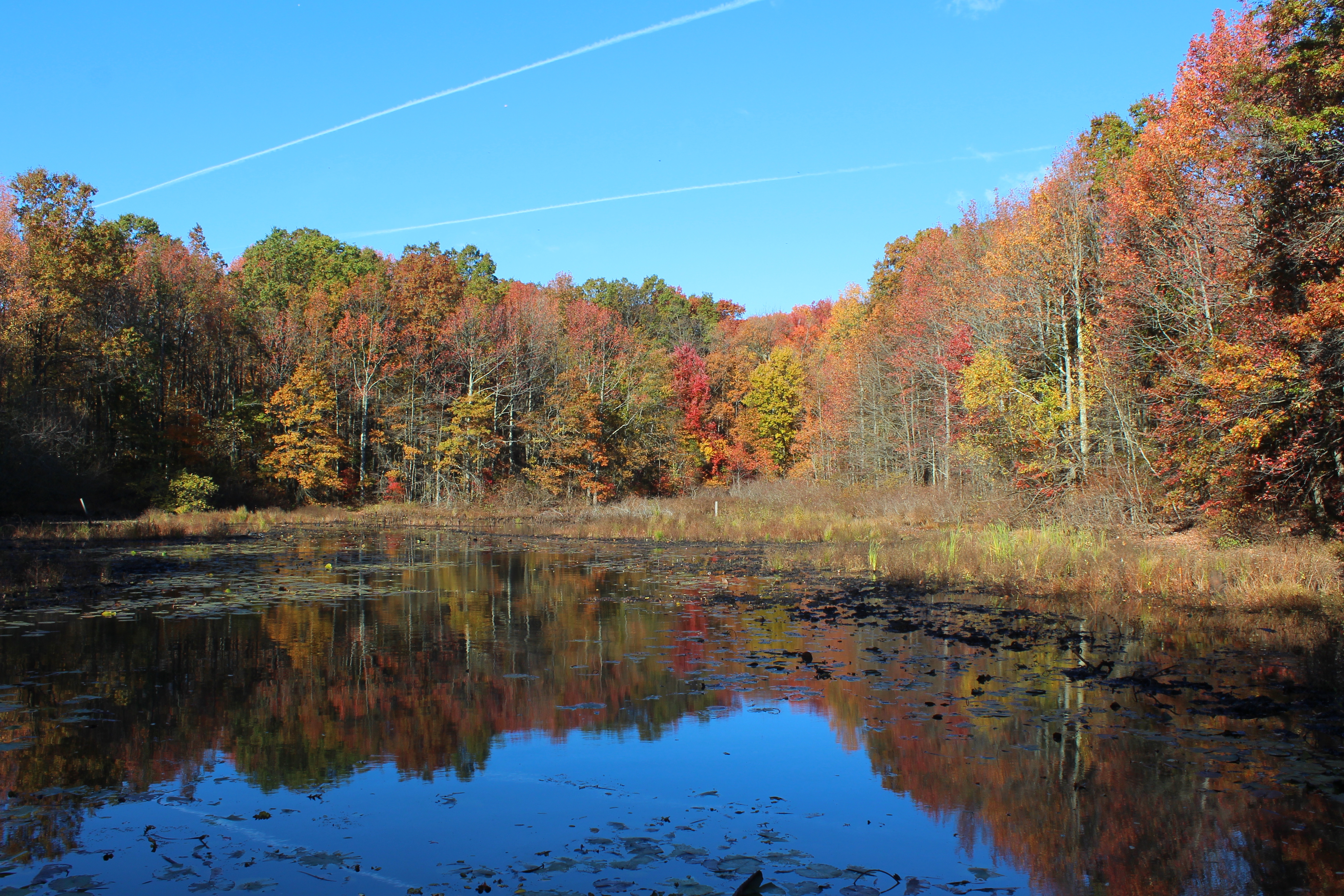 "}" data-trix-content-type="undefined" class="attachment attachment--content">
"}" data-trix-content-type="undefined" class="attachment attachment--content">When to Go
See "Birding Highlights by the Season" above; the eBird links below also may be helpful. To learn about bird migration times and get other timing tips, see the When to Bird in NYC guide on our Birding 101 page.
eBird
Personal Safety
Directions and Visiting Information
Visit the NYC Parks page for Blue Heron Park for operating hours, directions, and additional background information.
Trails at Blue Heron Park are well marked and trail maps are available from the Nature Center. A naturalist is on duty on the weekends from 1 until 4 pm, and guided walks are sponsored by the Friends of Blue Heron Park. Friends of BHP has a bulletin and provides many programs throughout the year, including bird trips and walks led by Howard Fischer.
Urban Park Rangers also provide the public with programs and the Staten Island Rangers are stationed at this park. The Nature Center phone number is 718-967-3542 and a website will show all events in detail.seasidewildlifehs
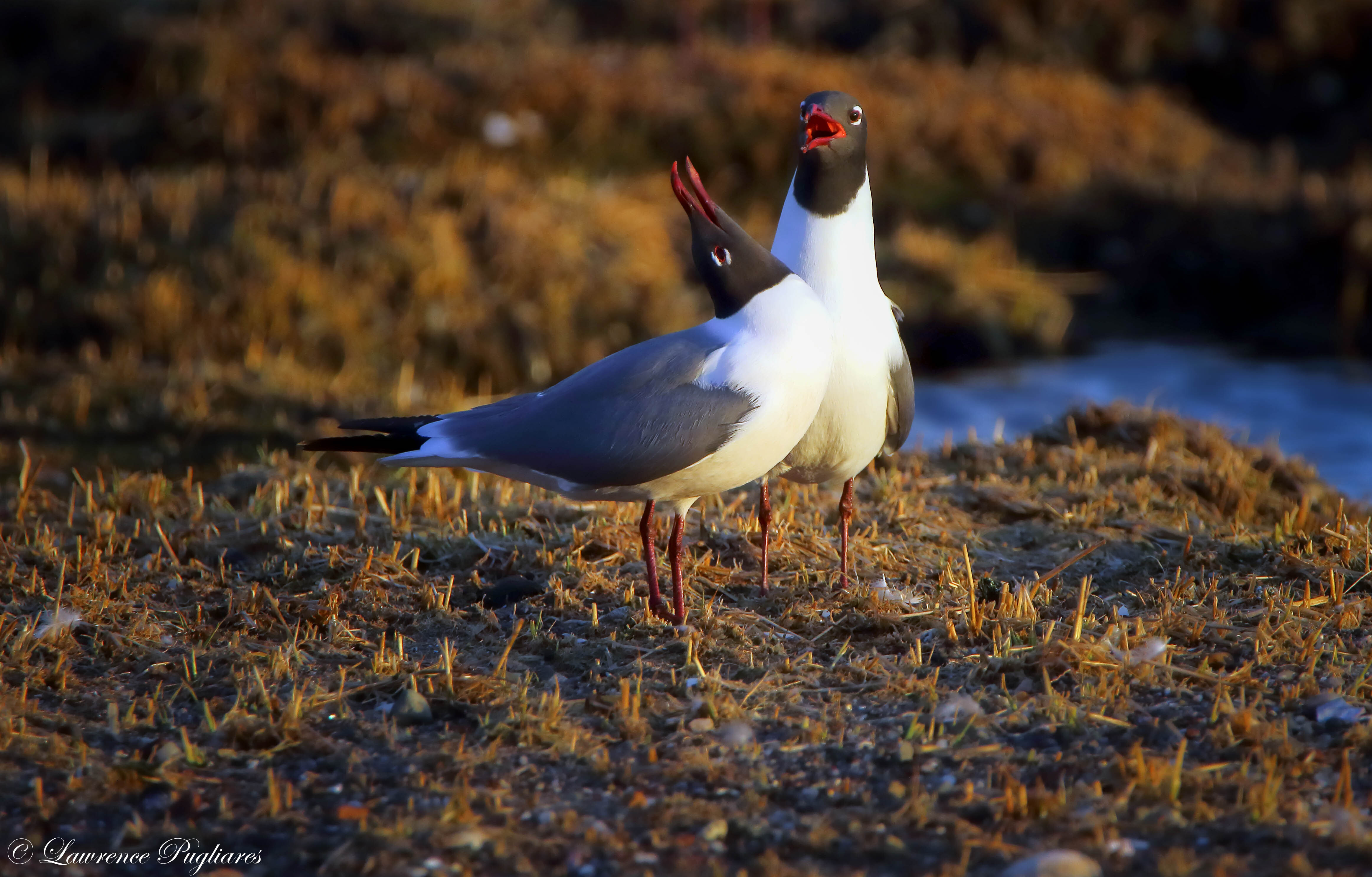
Birding Highlights by the Season
Get Oriented
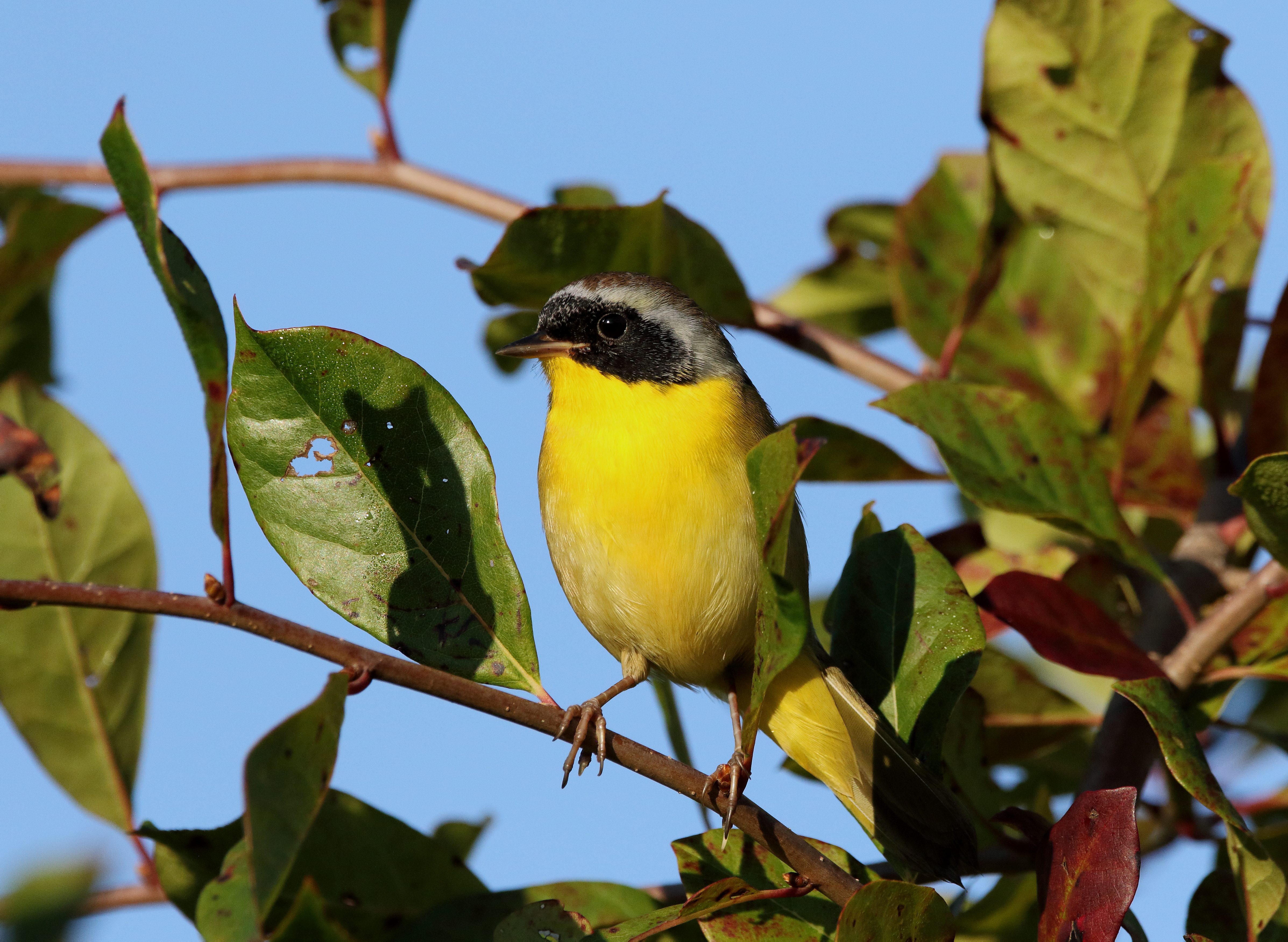 "}" data-trix-content-type="undefined" class="attachment attachment--content">
"}" data-trix-content-type="undefined" class="attachment attachment--content">Occupied by the Great Kills Hotel in the late 19th to early 20th century and vacant for much of the 20th century, this seaside property was trasnsferred to NYC Parks in 1999. Community members led cleanup efforts and established a small garden around 2001, and the park has become a small but very accessible community park, complete with a nature trail through shrubby areas and a small salt marsh, and a walk along the seafront.
Though a somewhat underbirded site, the aspirationally named Seaside Wildlife Nature Park is a good spot to see perched terns and gulls, including Royal Terns, which gather here in summer on pilings in the harbor. Waders such as Great Egret, Great Blue Heron, and night-herons visit the shoreline, while shrubby areas may attract warblers and other songbirds during migration. In the wintertime, a good variety of dablling and diving waterfowl can be seen from the park: good numbers of Brant, Bufflehead, and Red-breasted Mergansers are seen along with less common species such as Common Goldeneye, along with loons, grebes, and
 "}" data-trix-content-type="undefined" class="attachment attachment--content">
"}" data-trix-content-type="undefined" class="attachment attachment--content">When to Go
See "Birding Highlights by the Season" above; the eBird links below also may be helpful. To learn about bird migration times and get other timing tips, see the When to Bird in NYC guide on our Birding 101 page.
eBird
Personal Safety
Directions and Visiting Information
Visit the NYC Parks page for Seaside Wildlife Nature Park for operating hours, directions, a park map, and additional background information. millerfieldhs
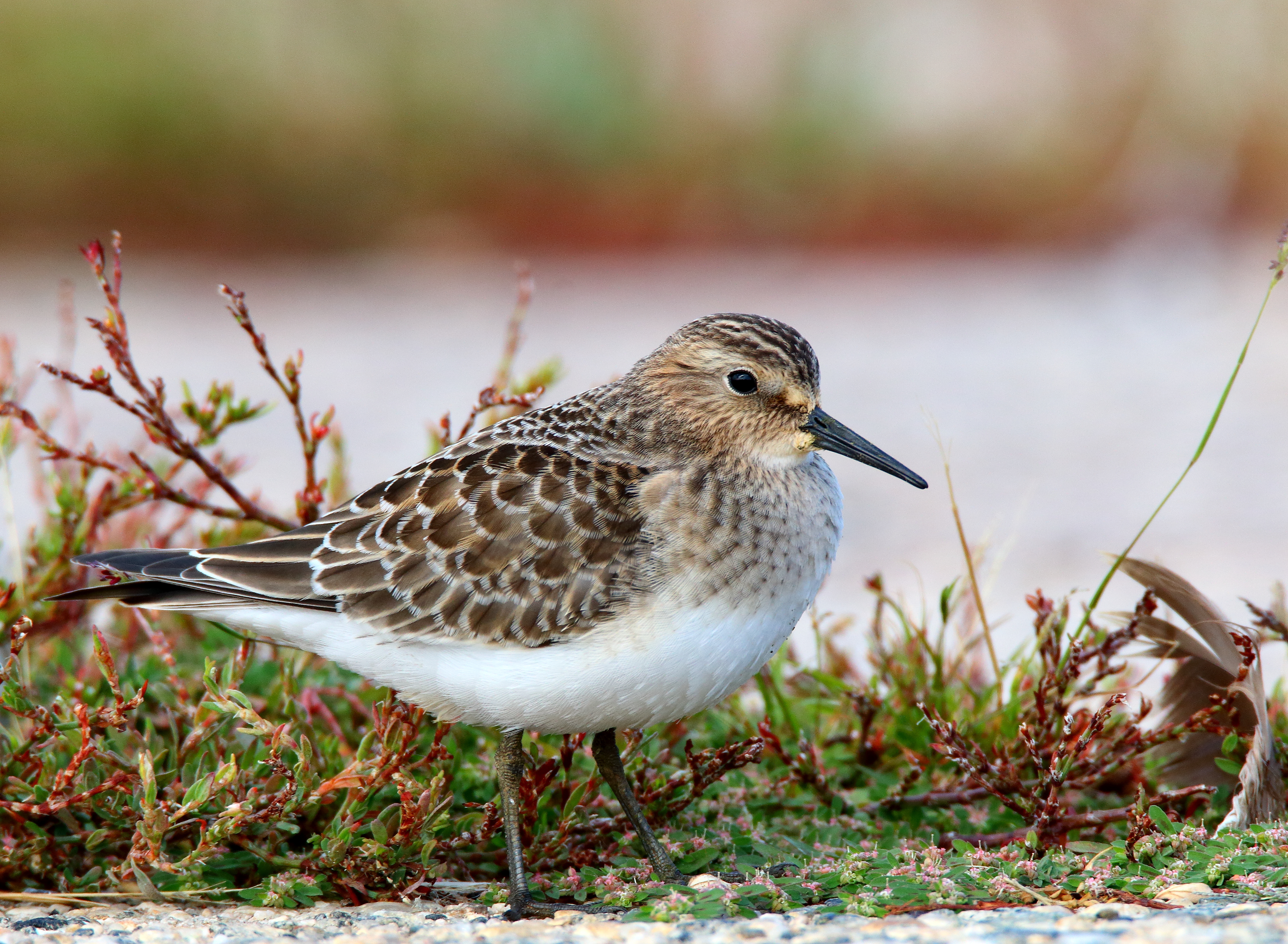
Birding Highlights by the Season
Get Oriented
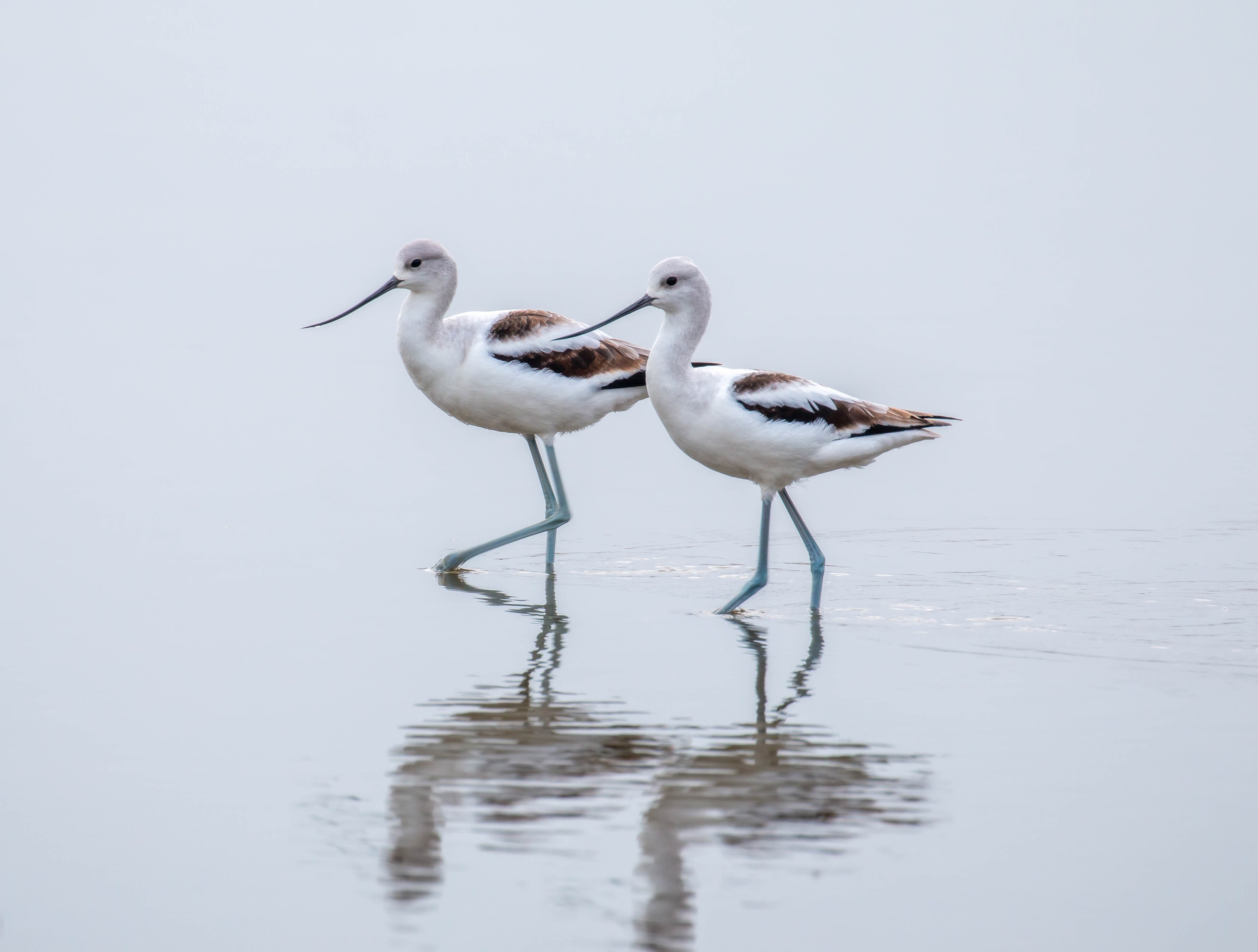 "}" data-trix-content-type="undefined" class="attachment attachment--content">
"}" data-trix-content-type="undefined" class="attachment attachment--content">Miller Field
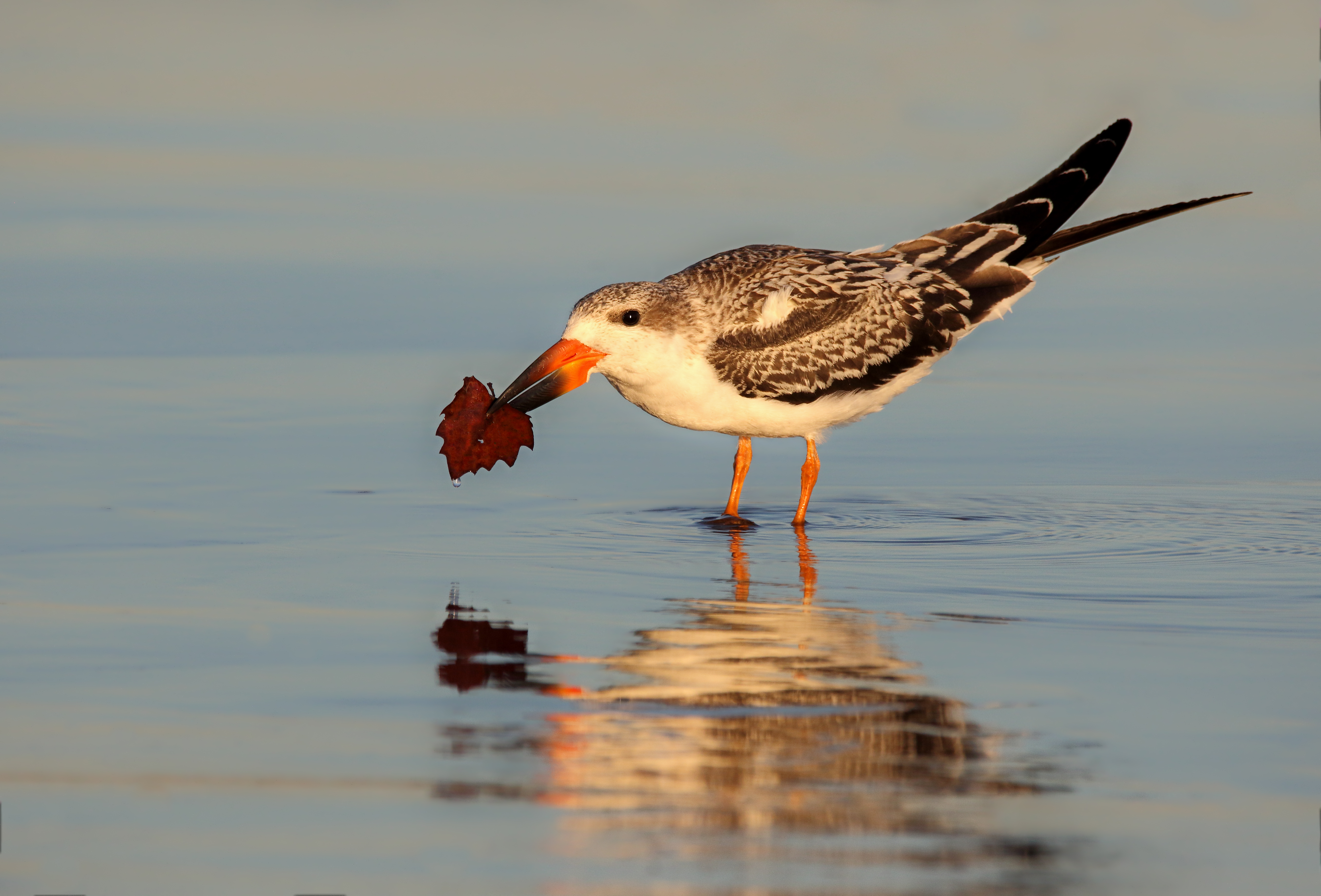 "}" data-trix-content-type="undefined" class="attachment attachment--content">
"}" data-trix-content-type="undefined" class="attachment attachment--content">Midland Beach
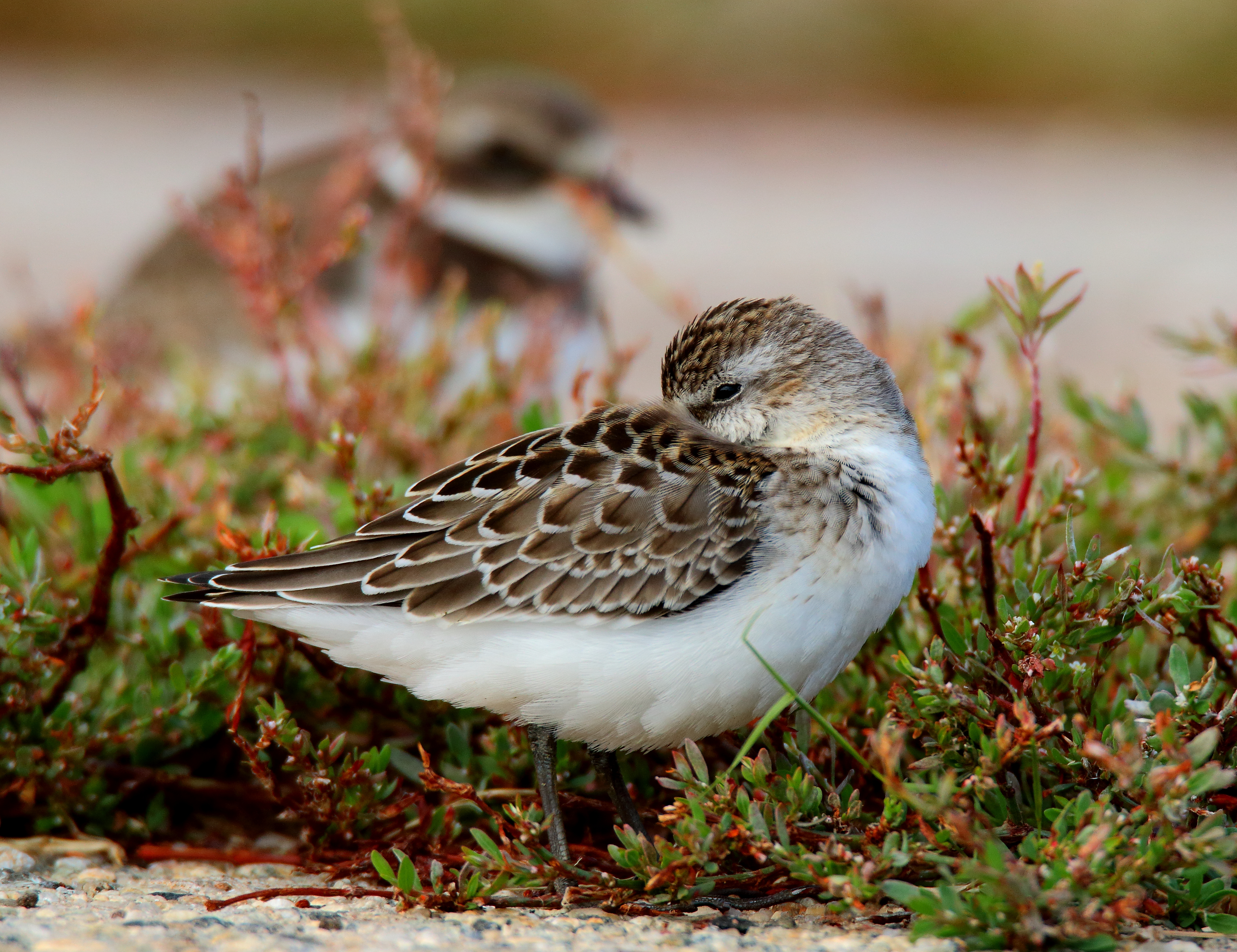 "}" data-trix-content-type="undefined" class="attachment attachment--content">
"}" data-trix-content-type="undefined" class="attachment attachment--content">When to Go
See "Birding Highlights by the Season" above; the eBird links below also may be helpful. To learn about bird migration times and get other timing tips, see the When to Bird in NYC guide on our Birding 101 page.
eBird
Personal Safety
Directions and Visiting Information
Visit the National Park Service page for Miller Field for operating hours, directions, and additional background information.
